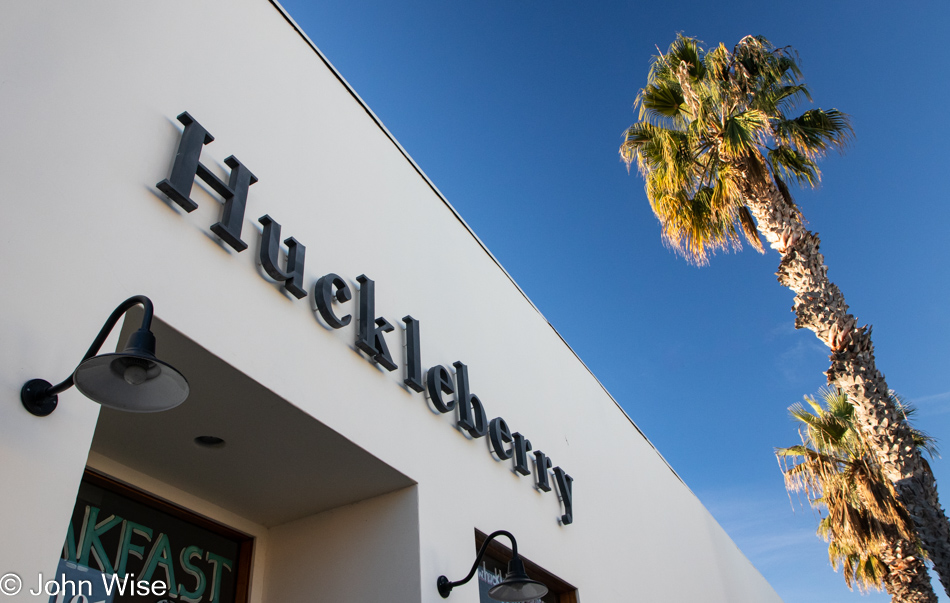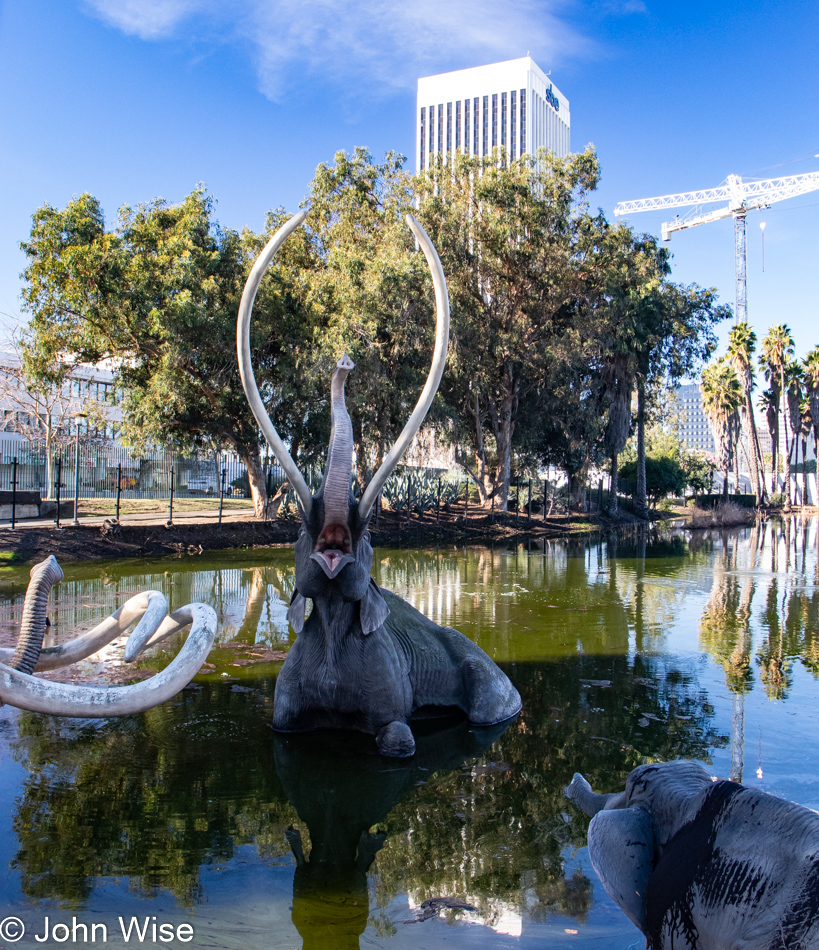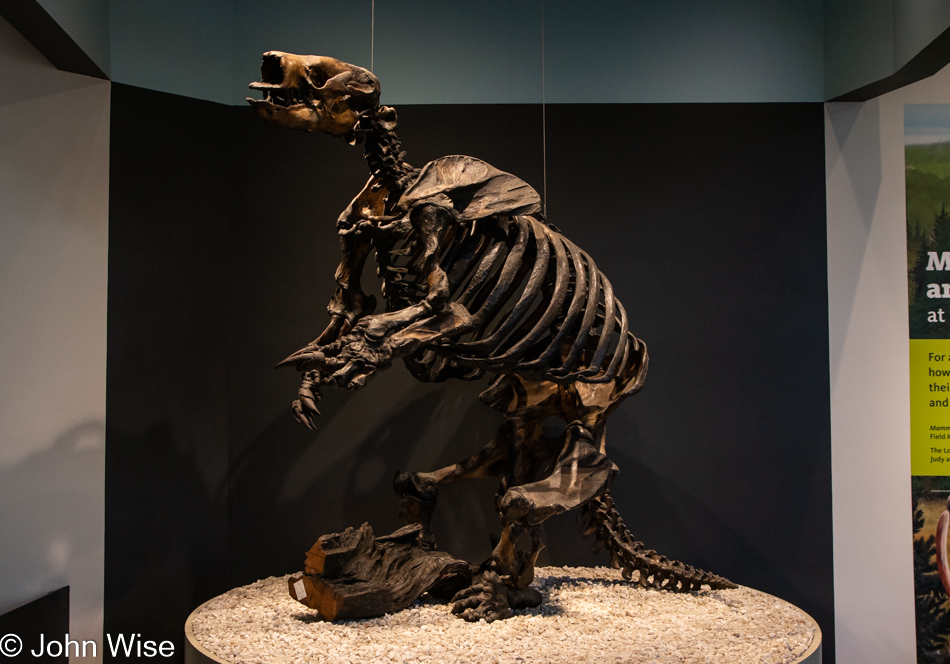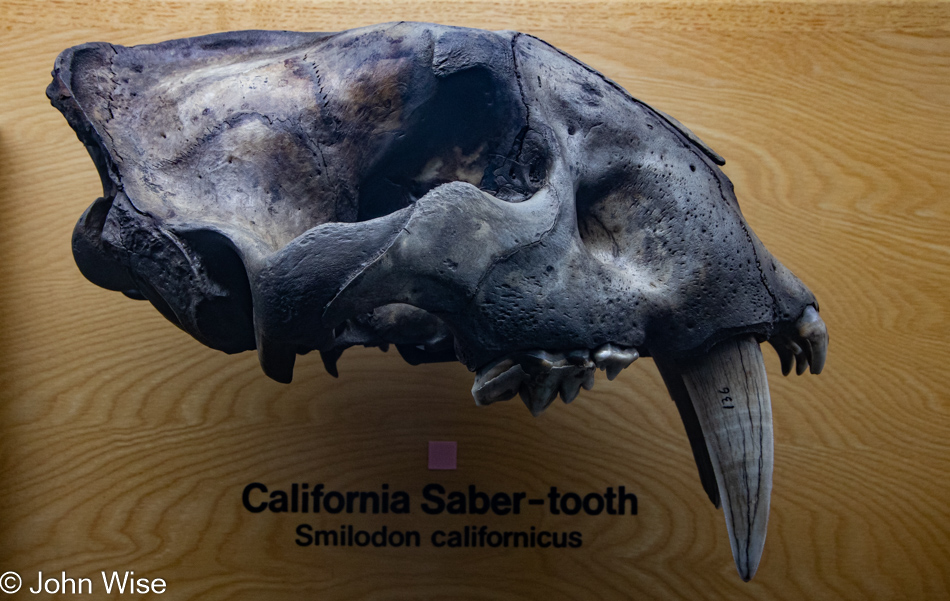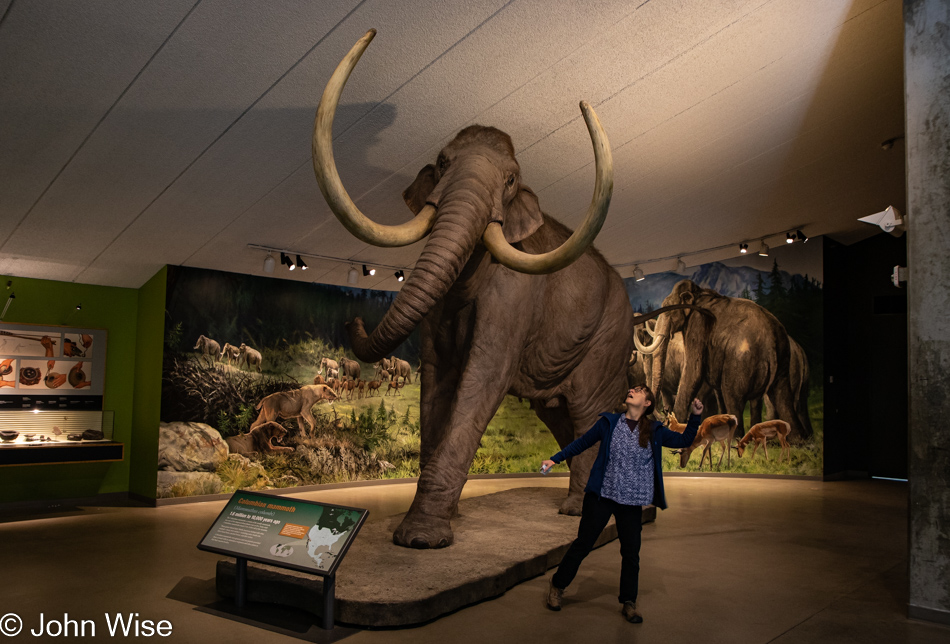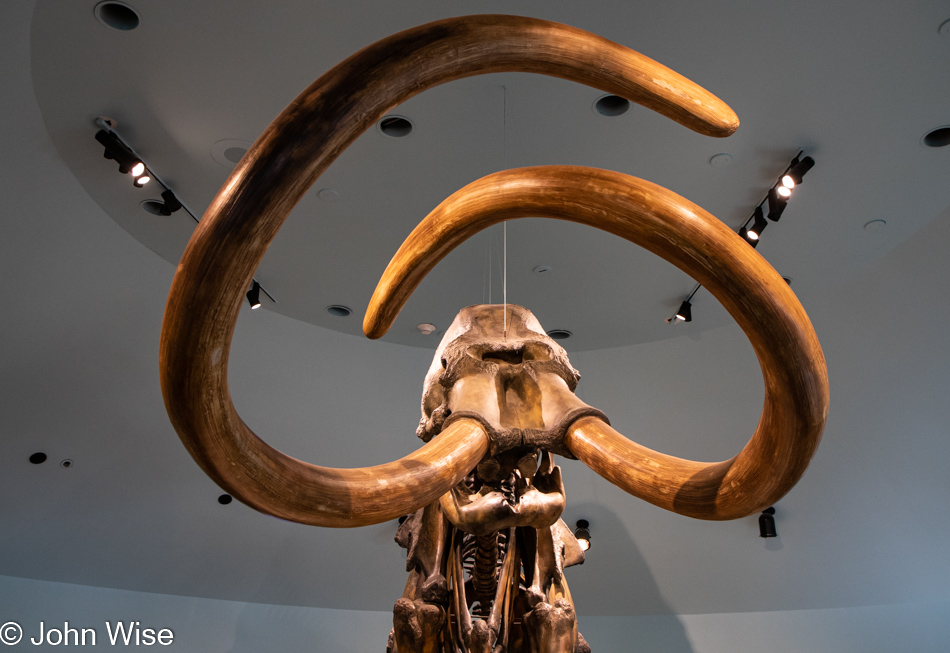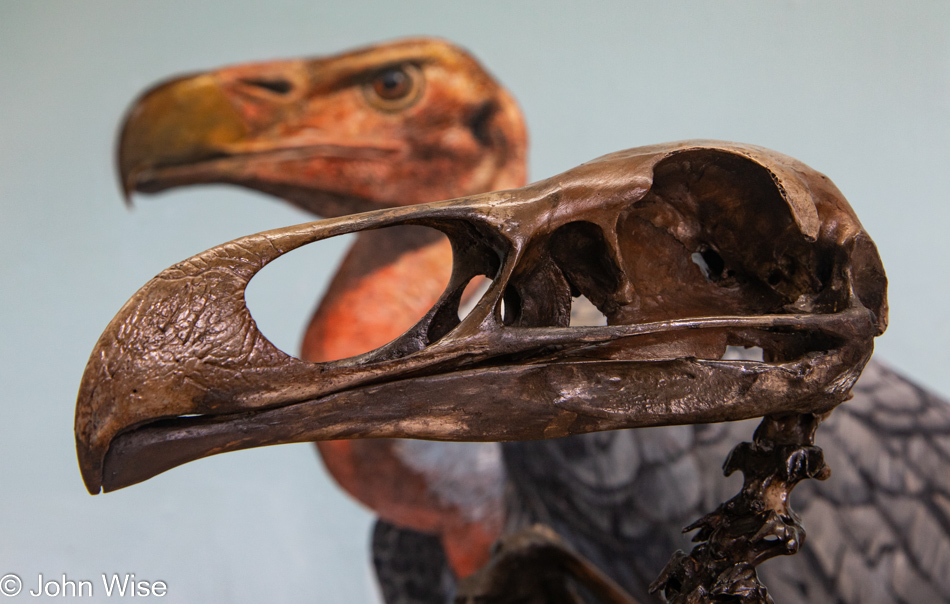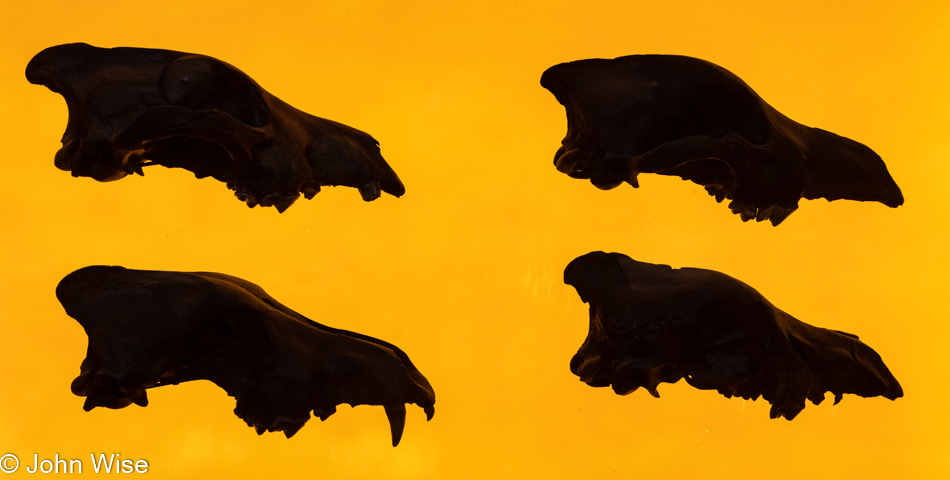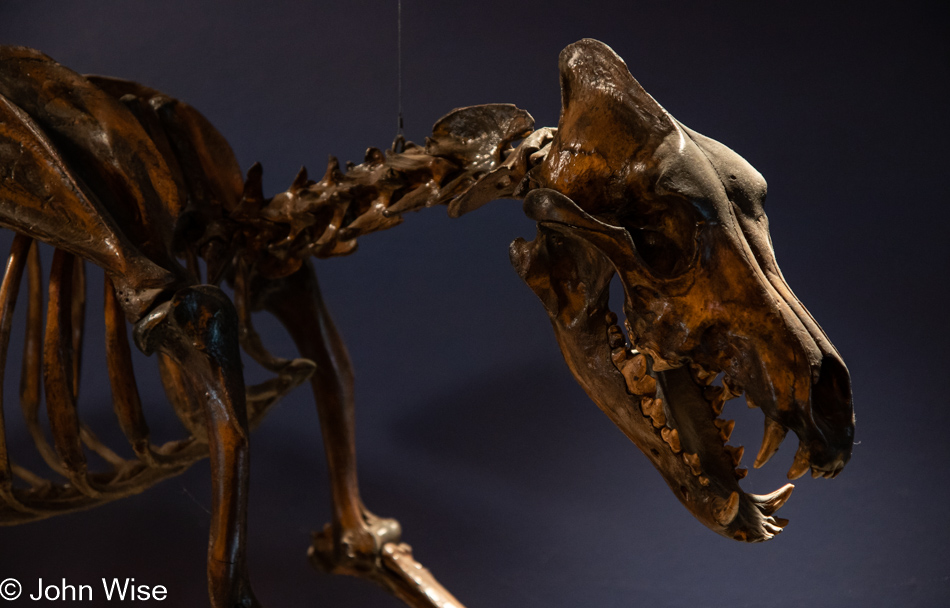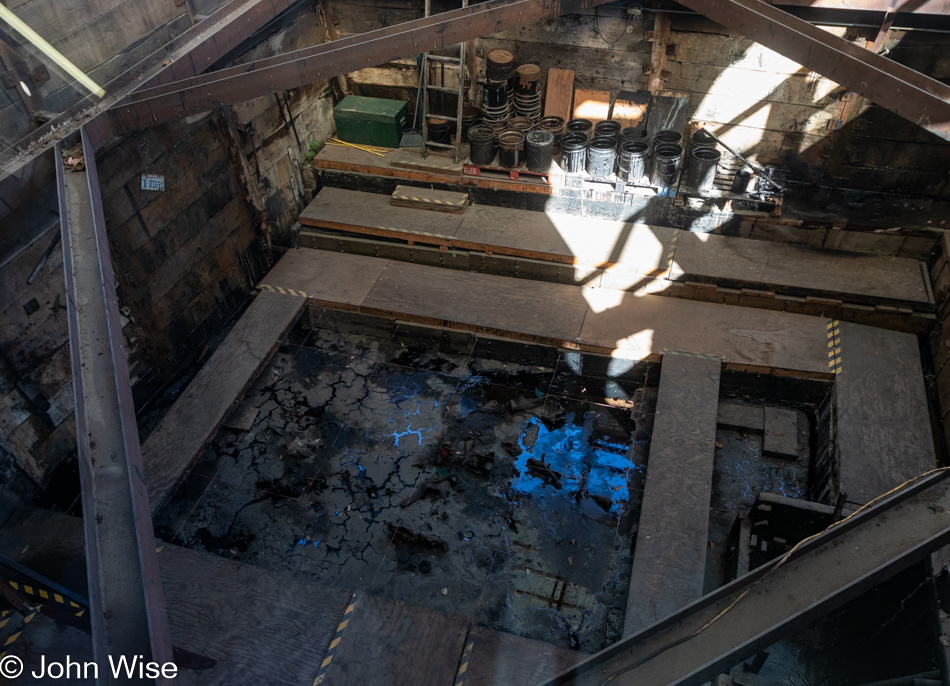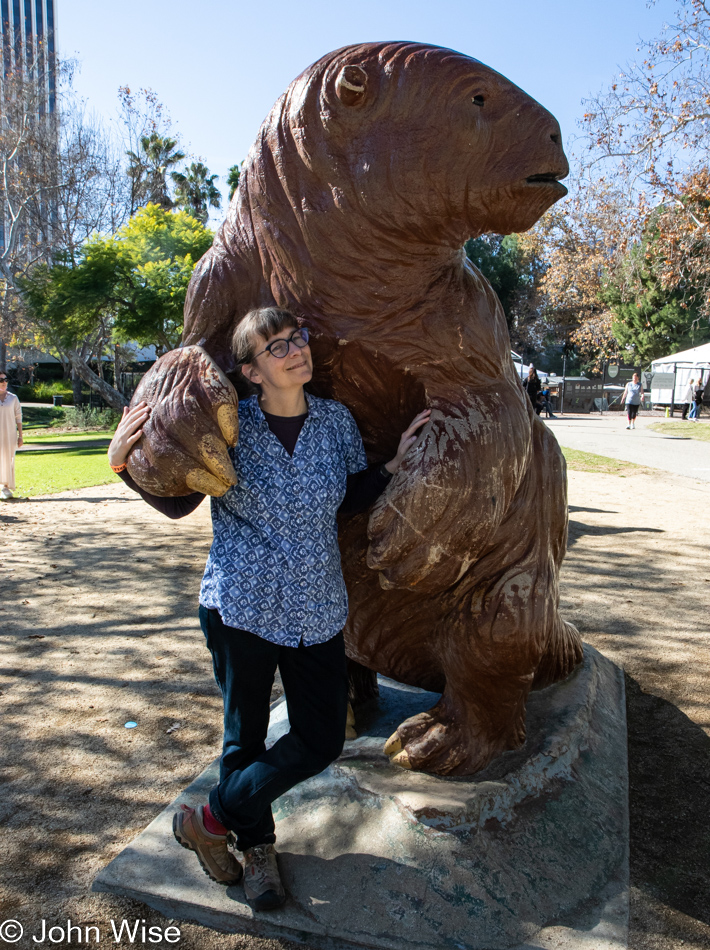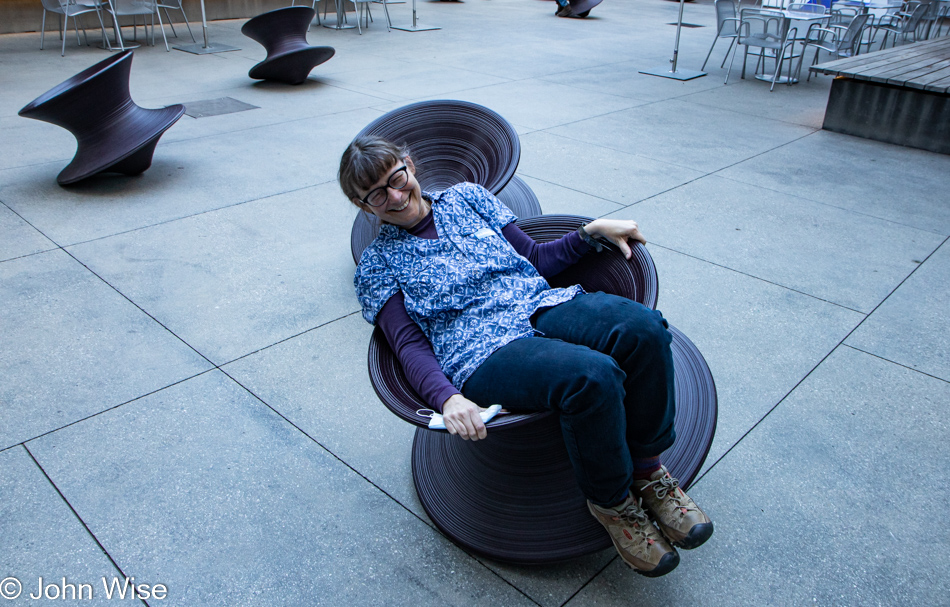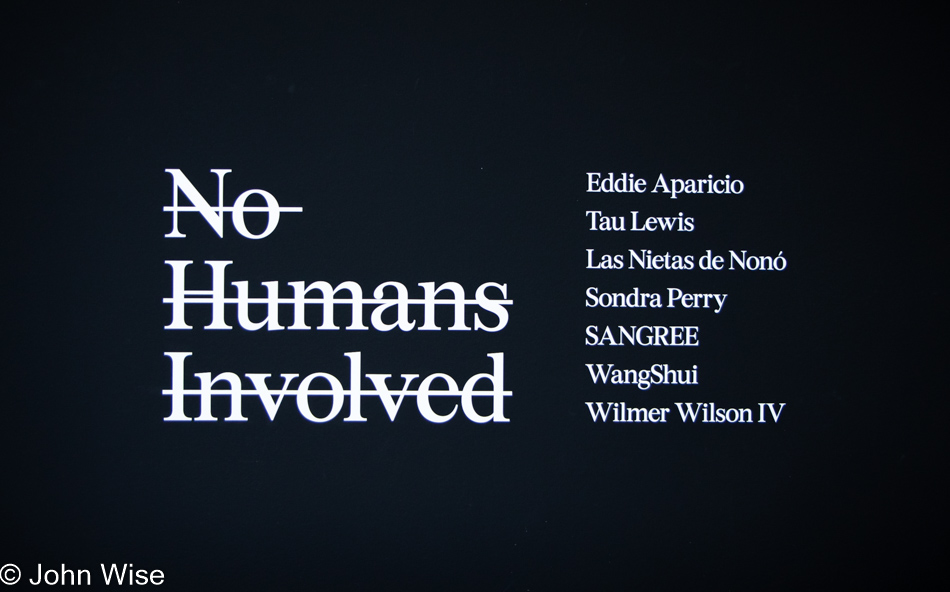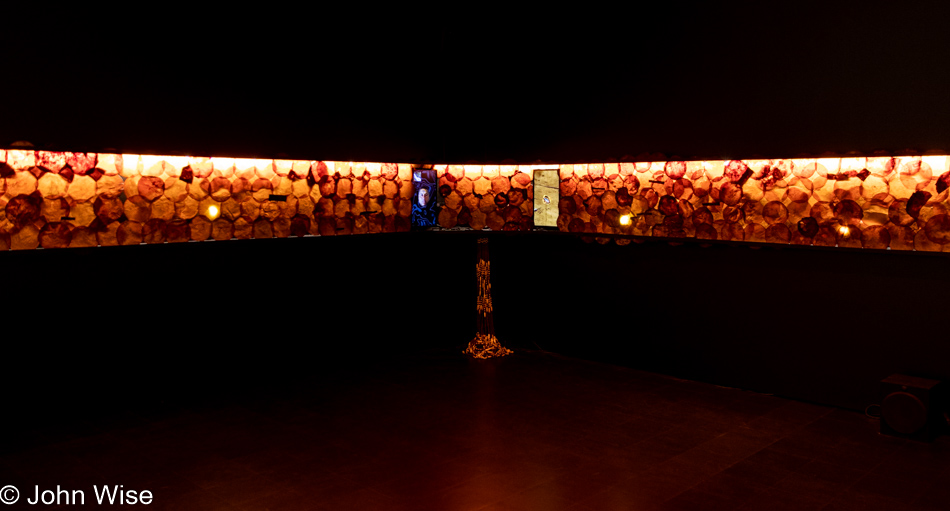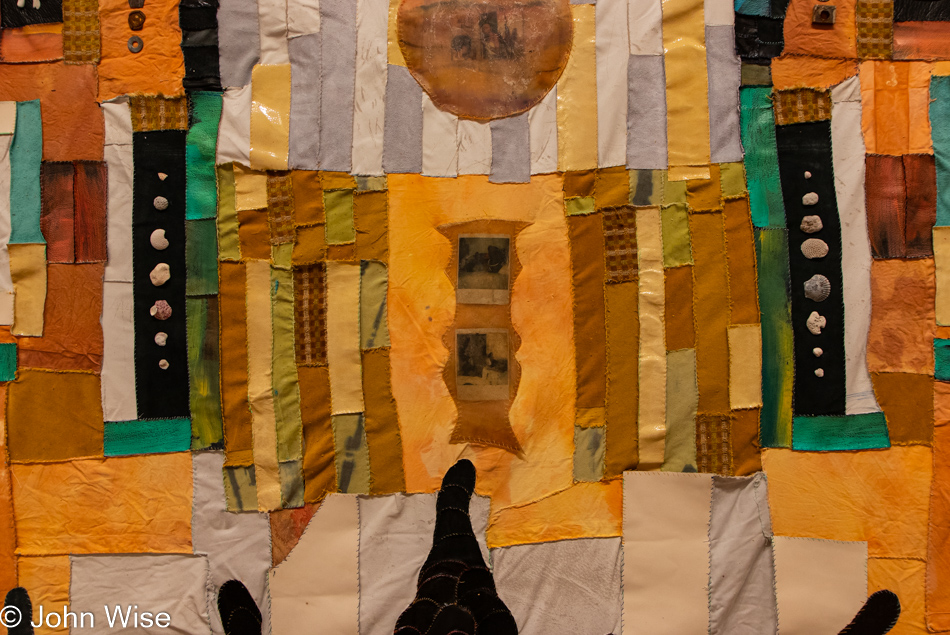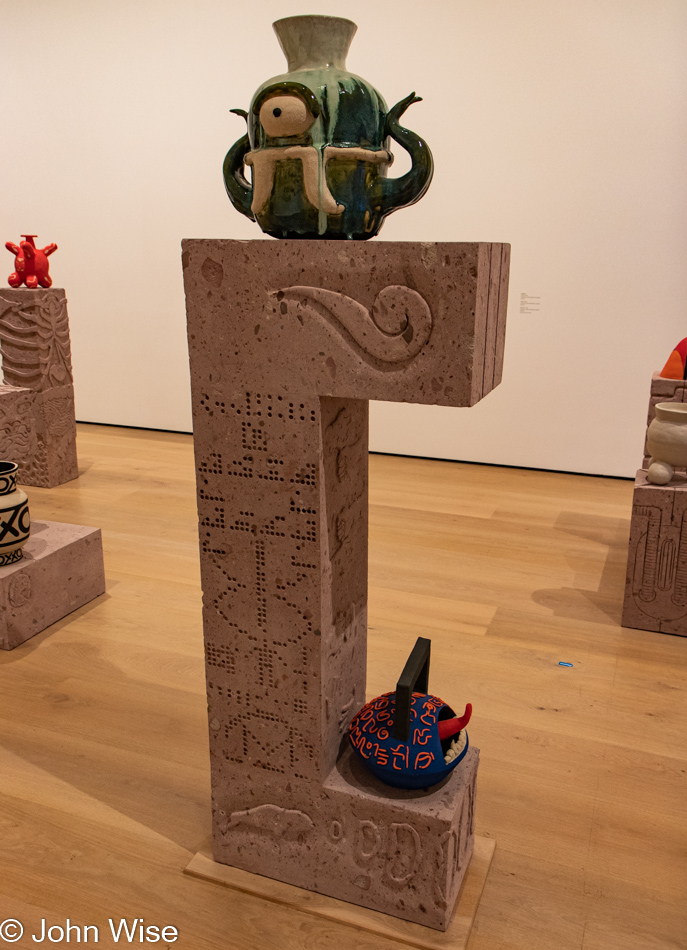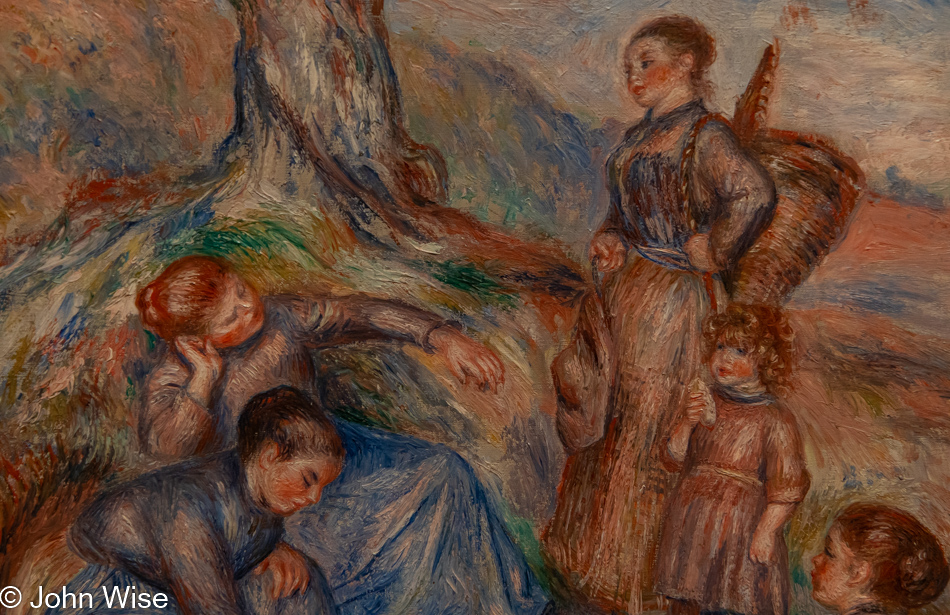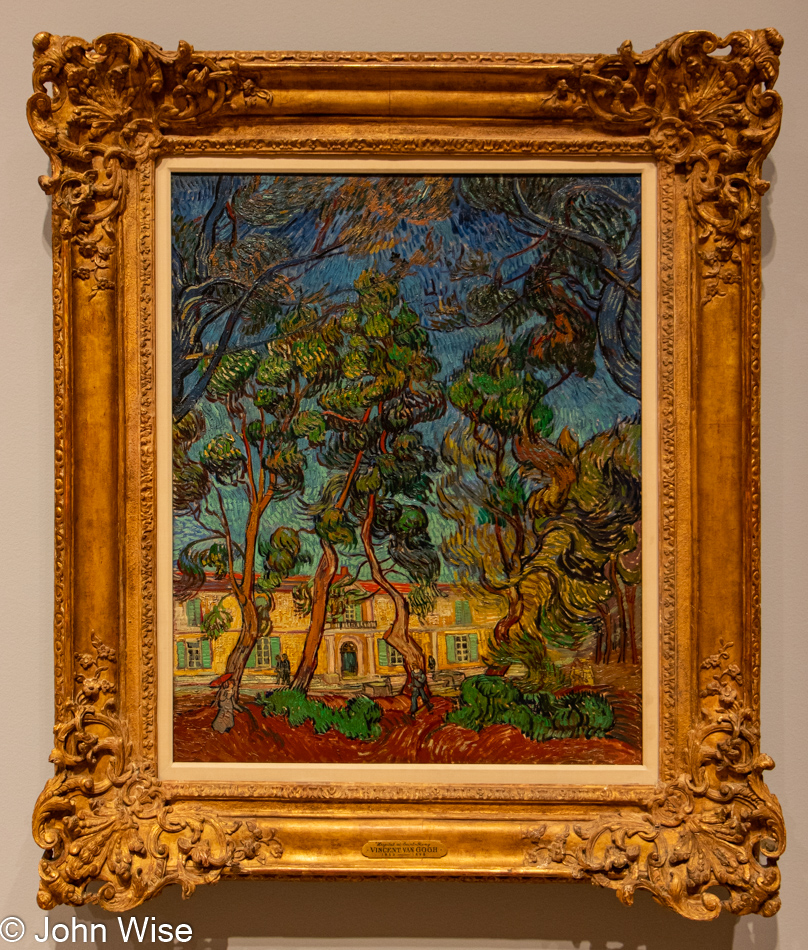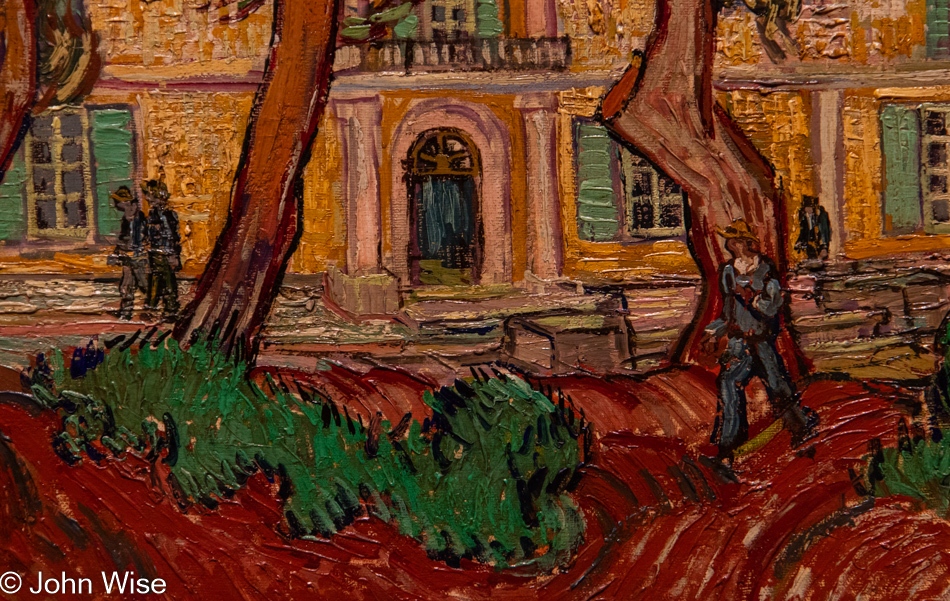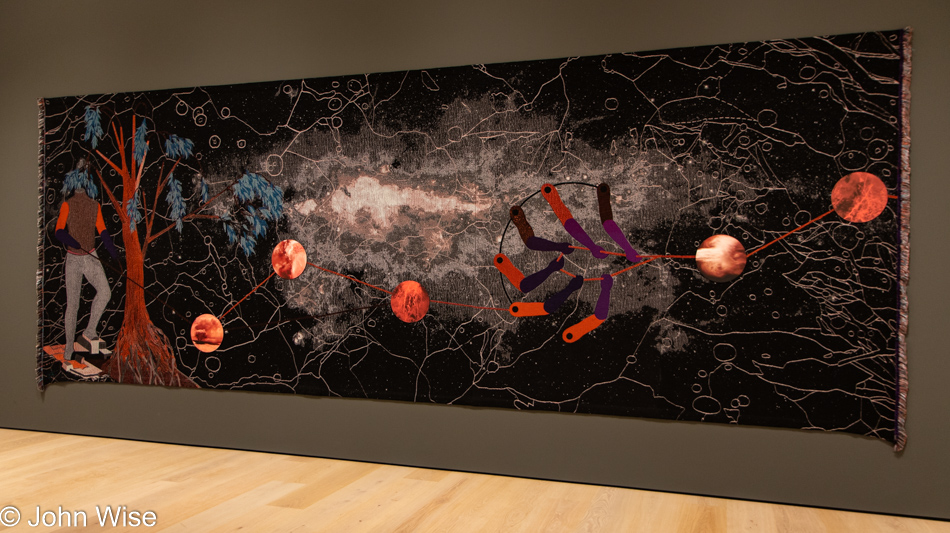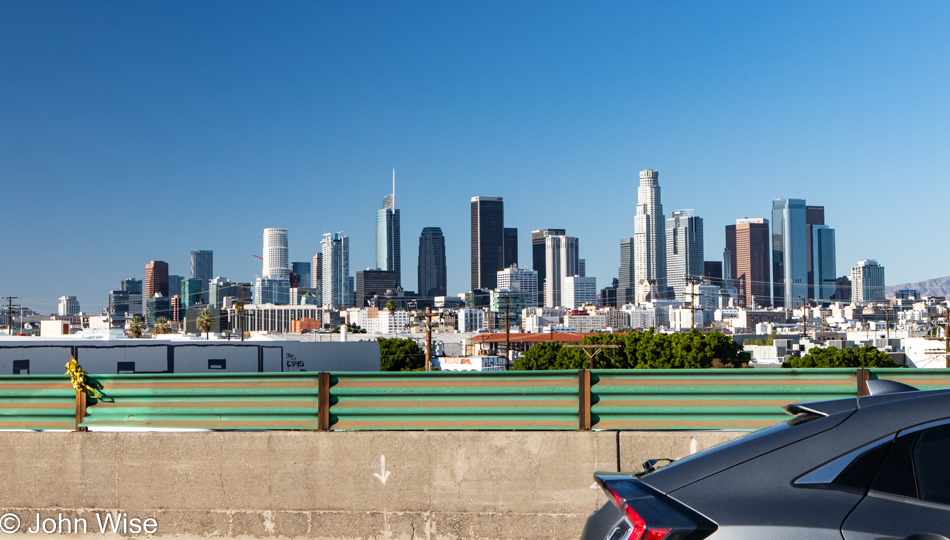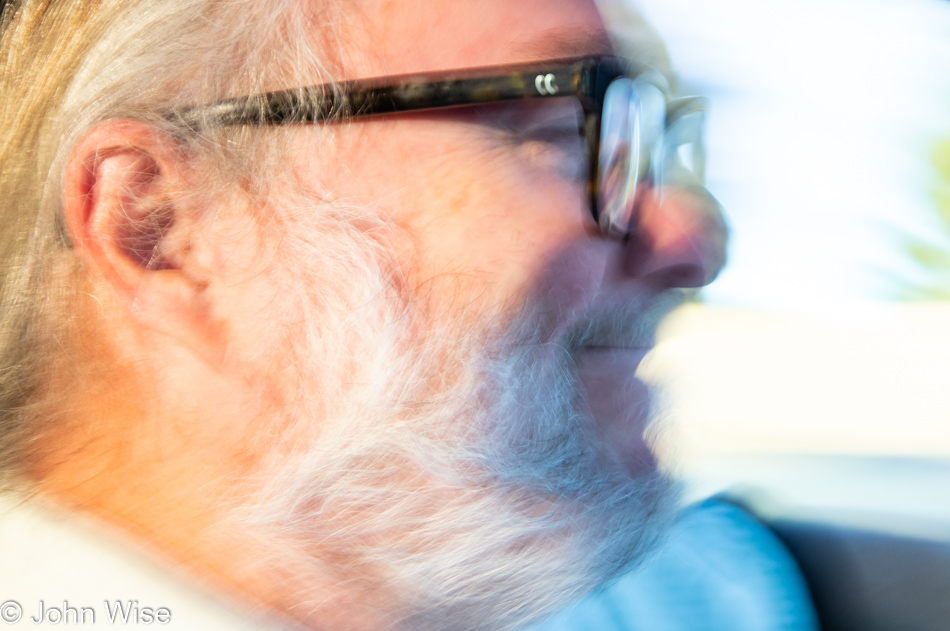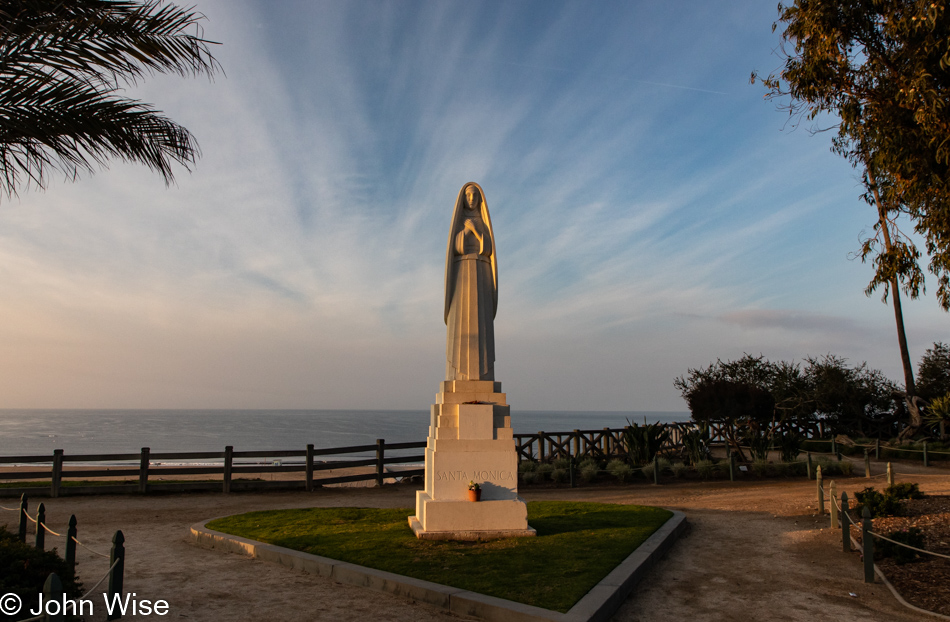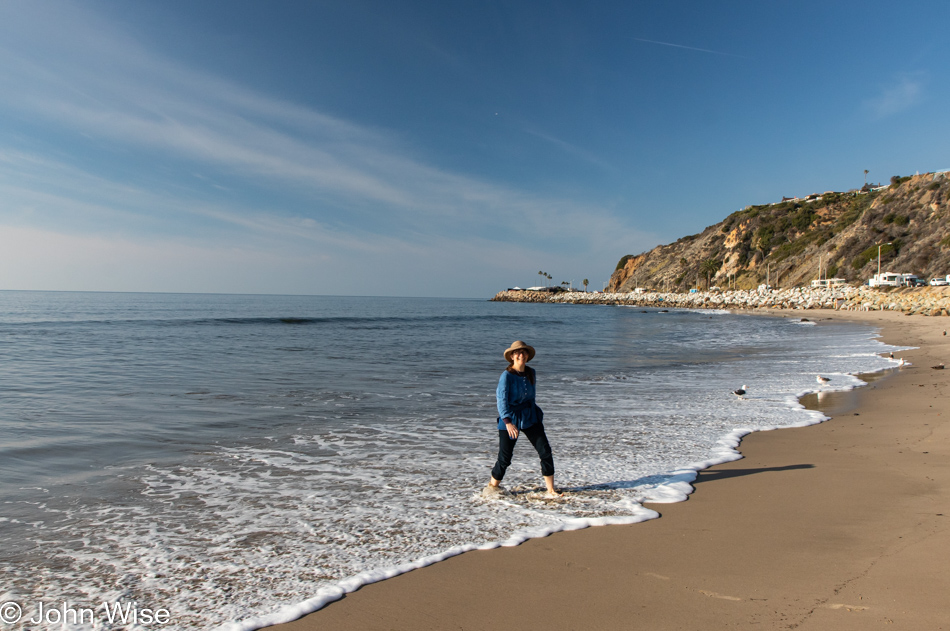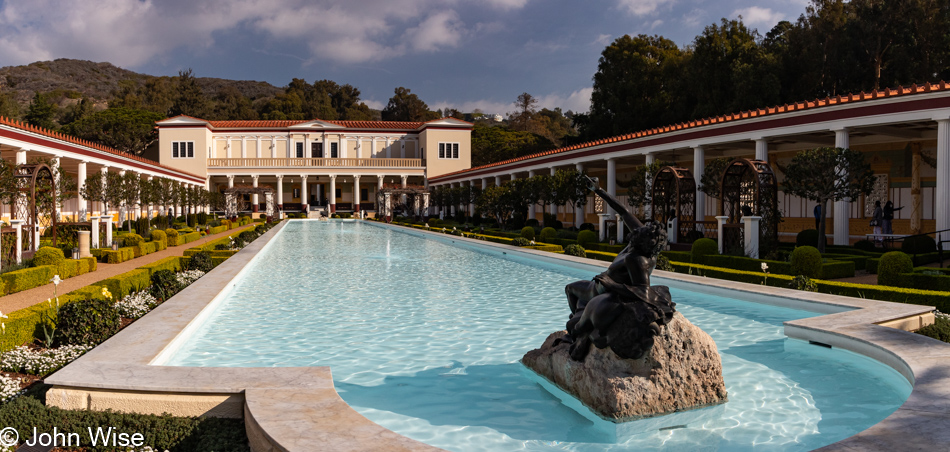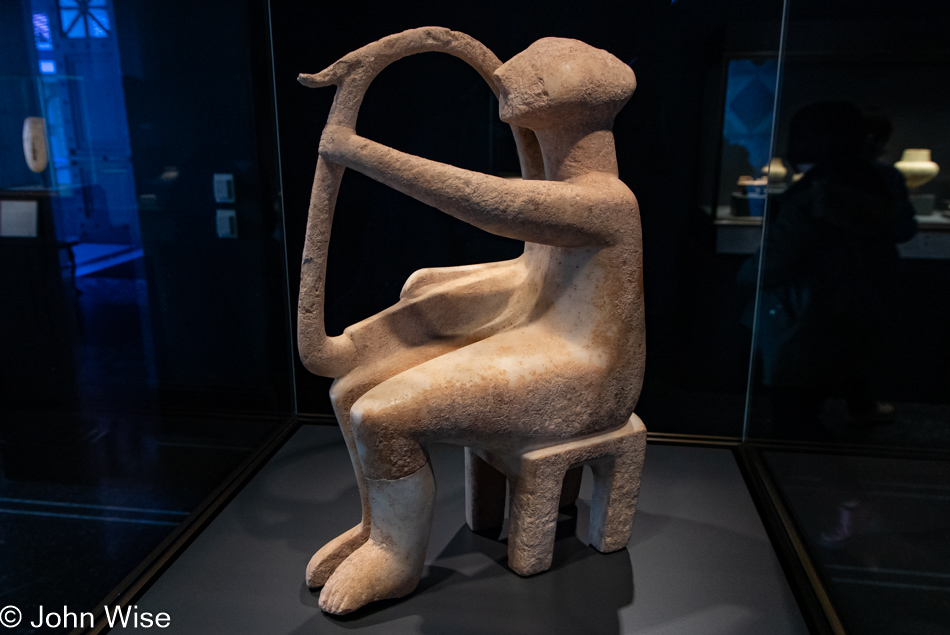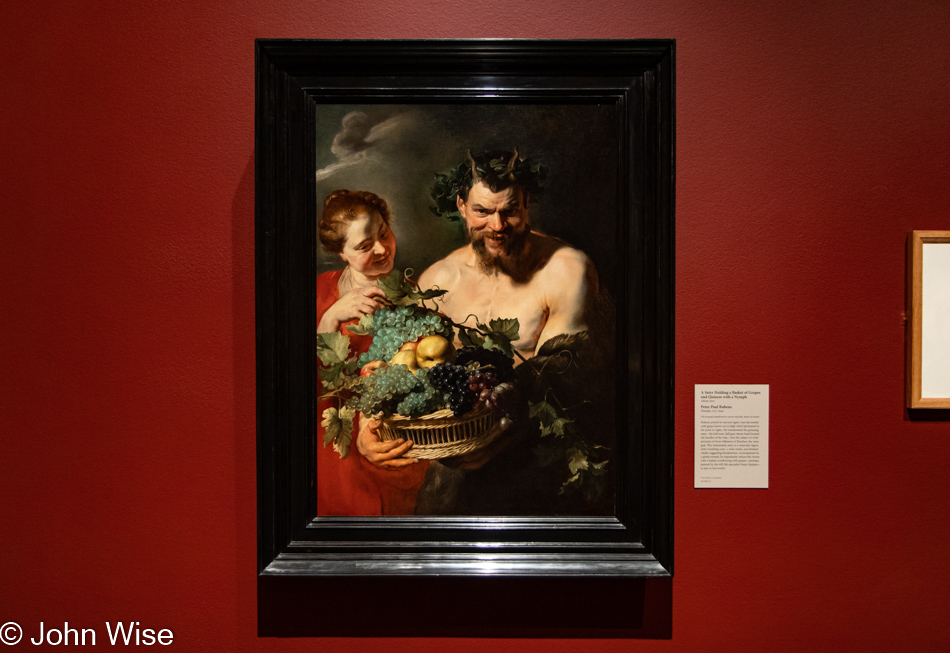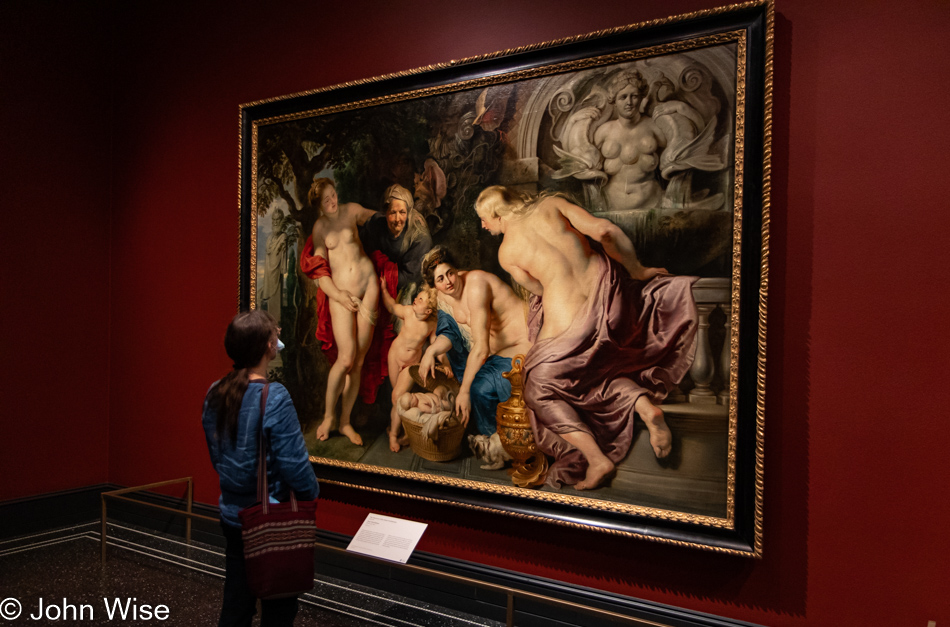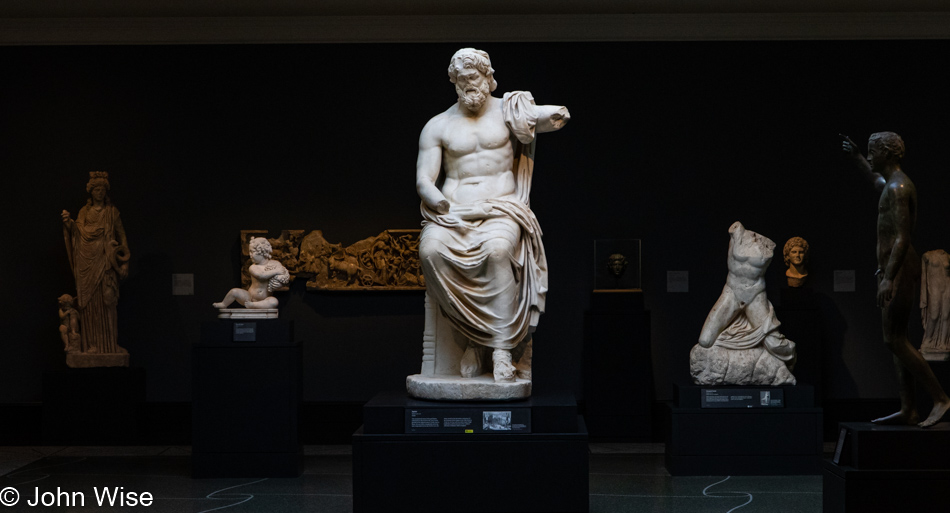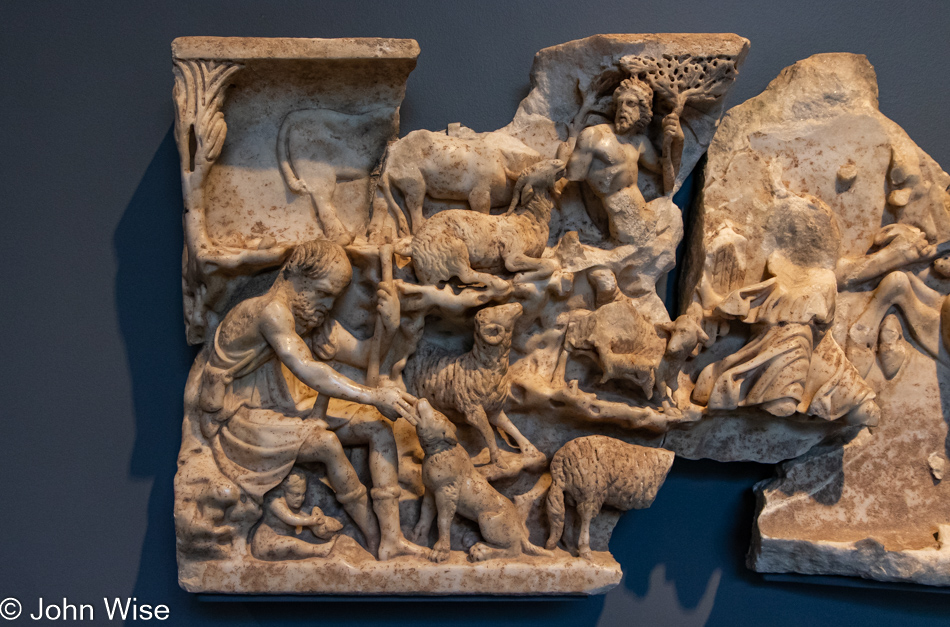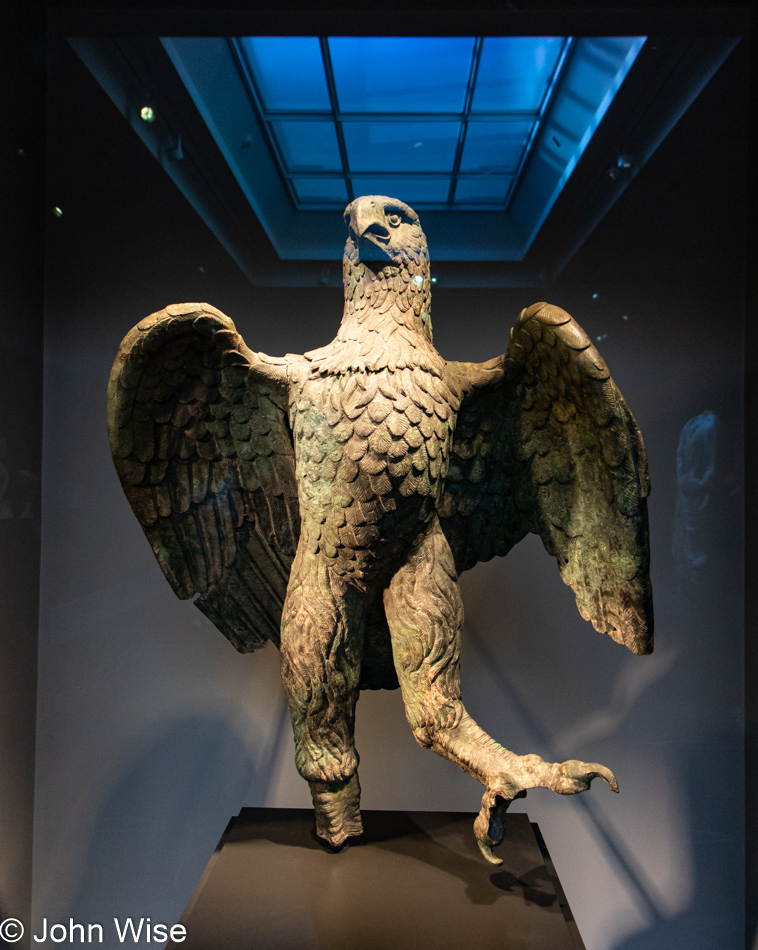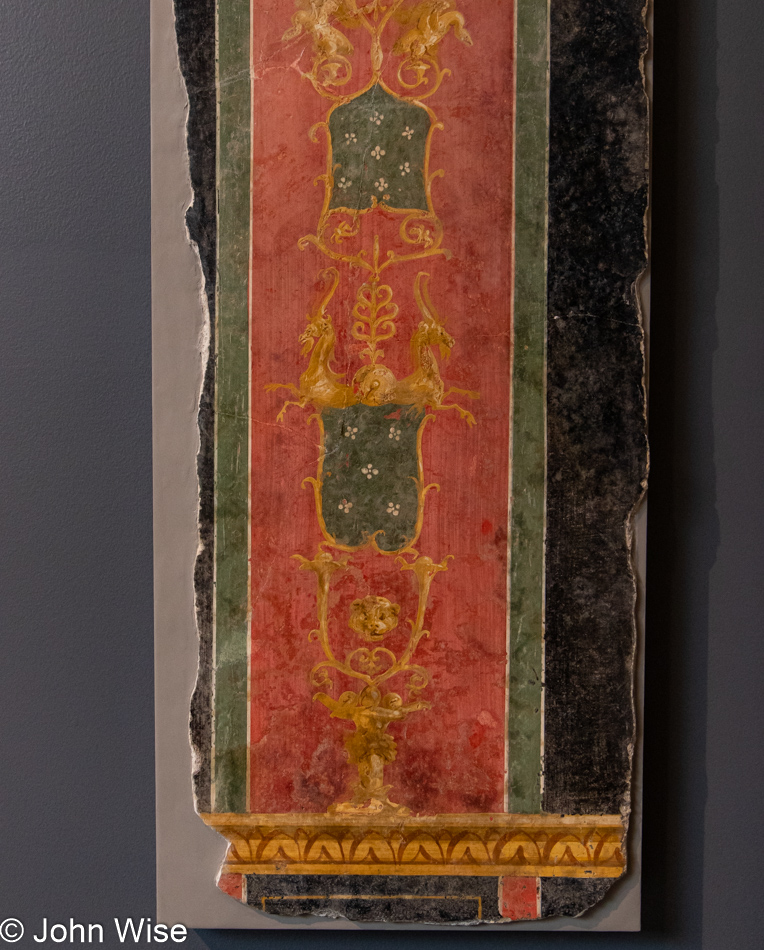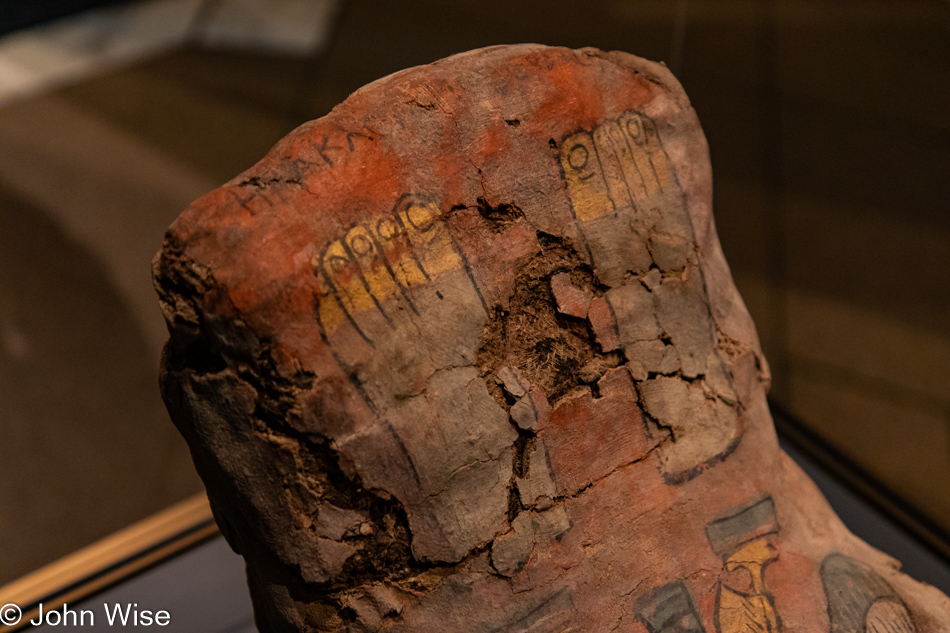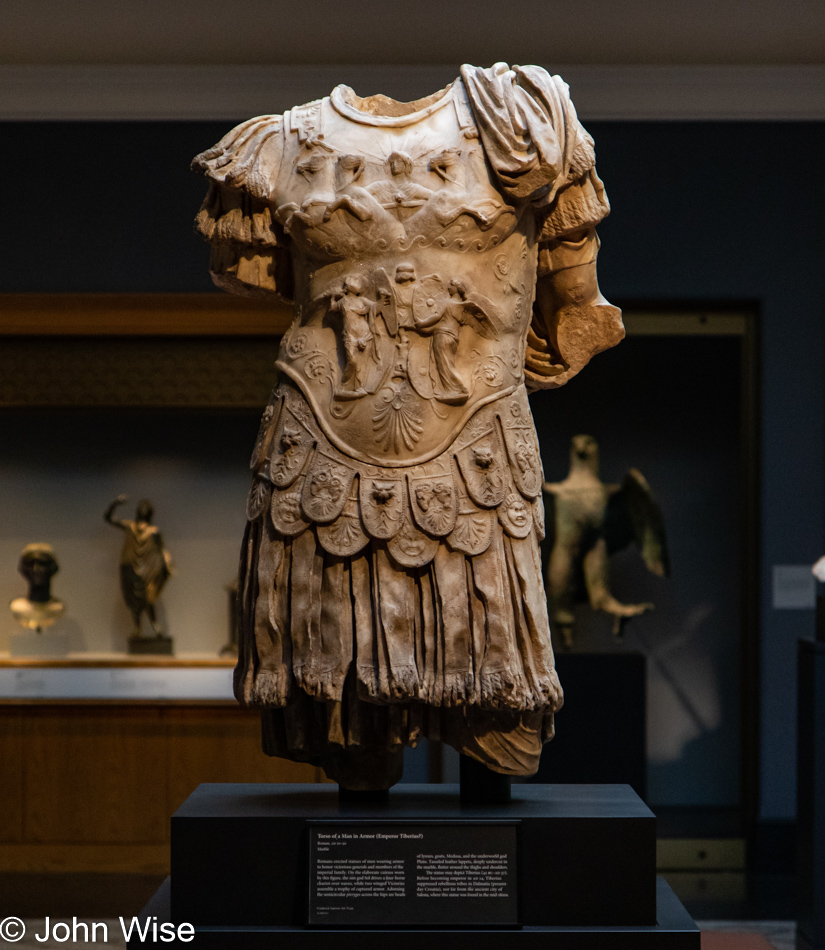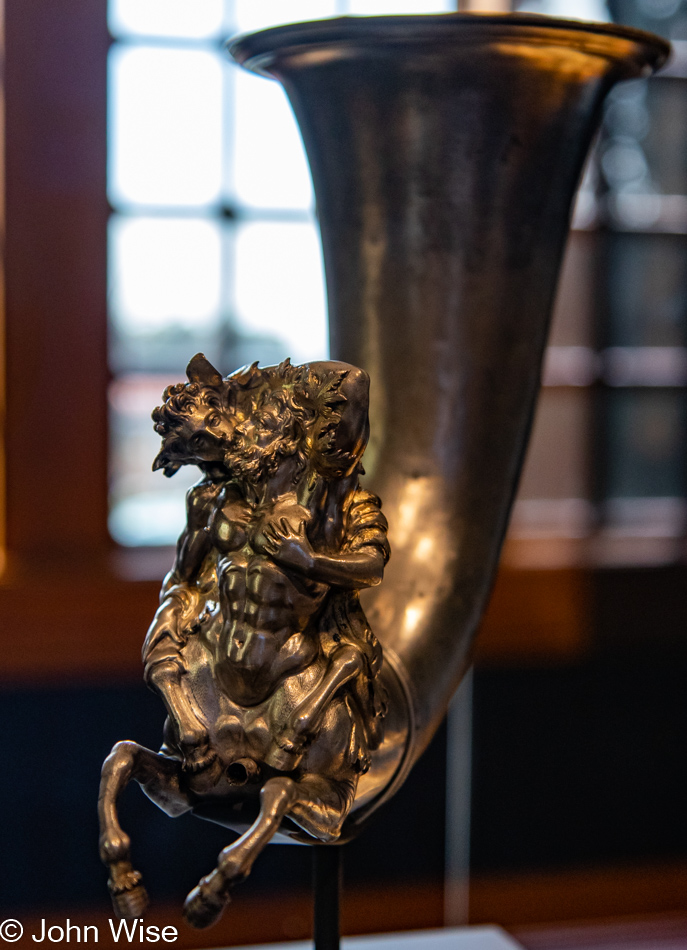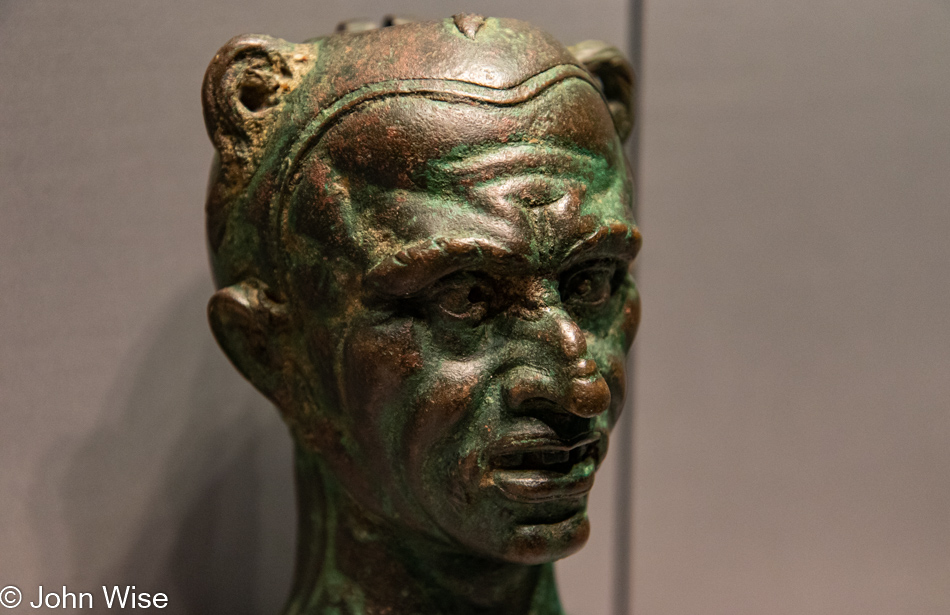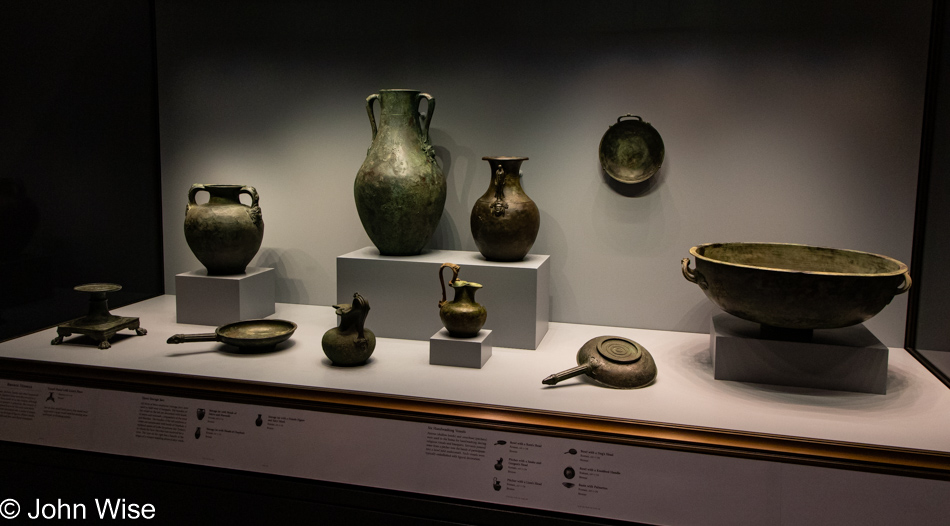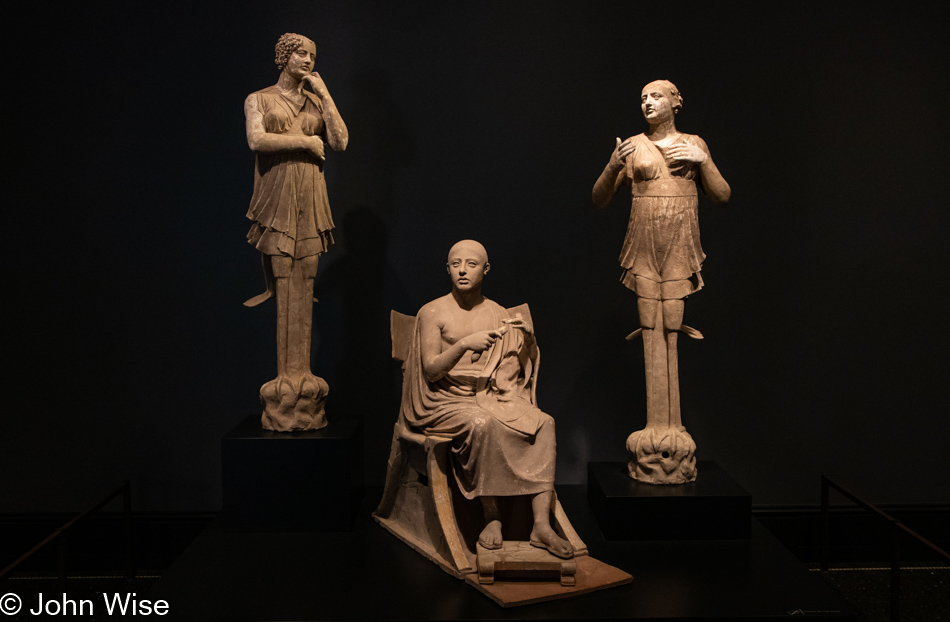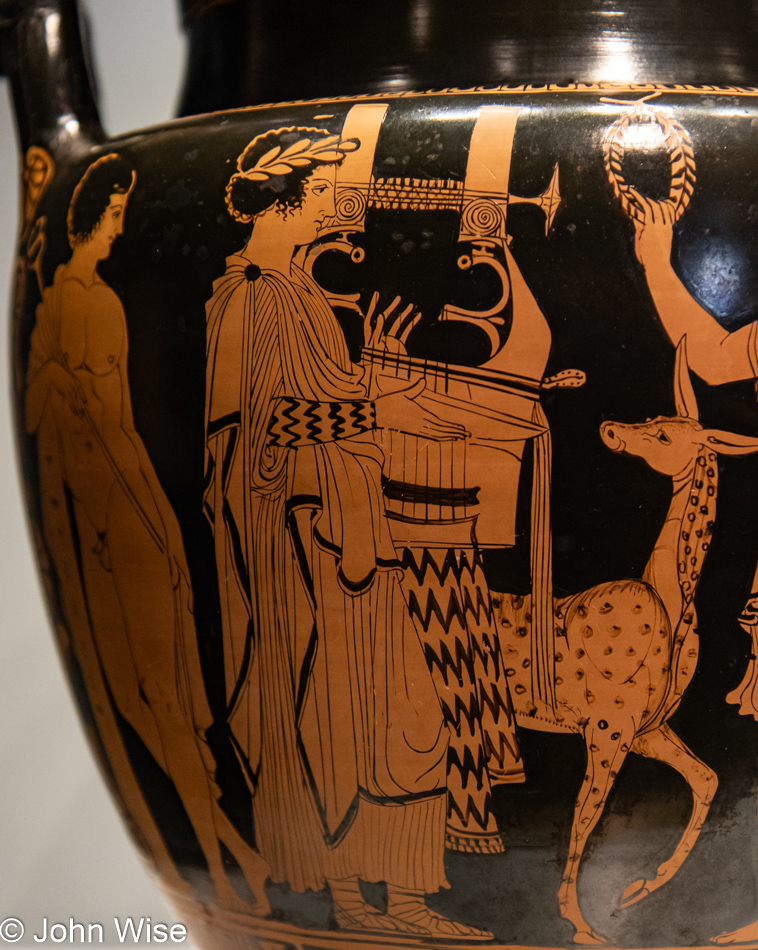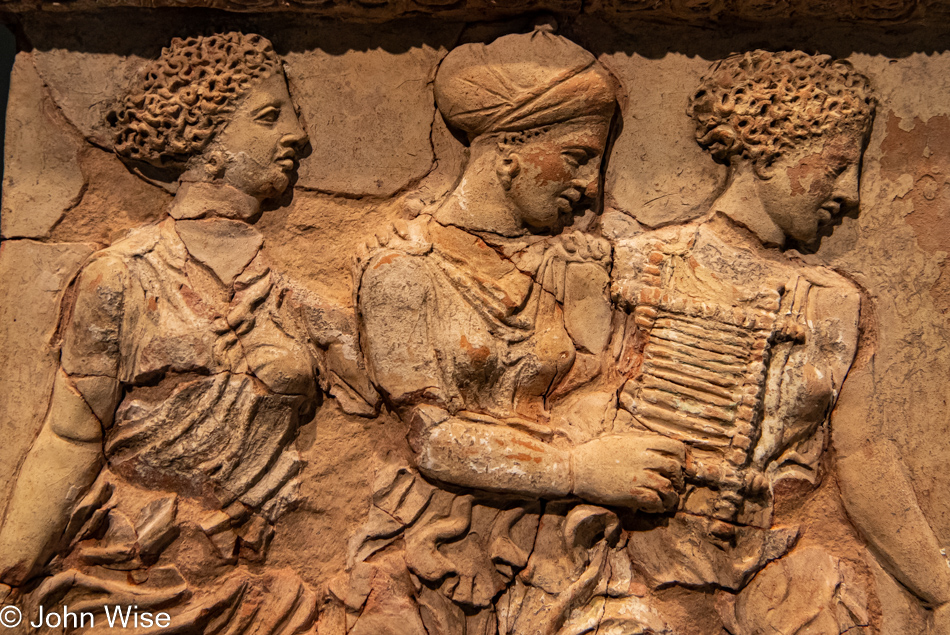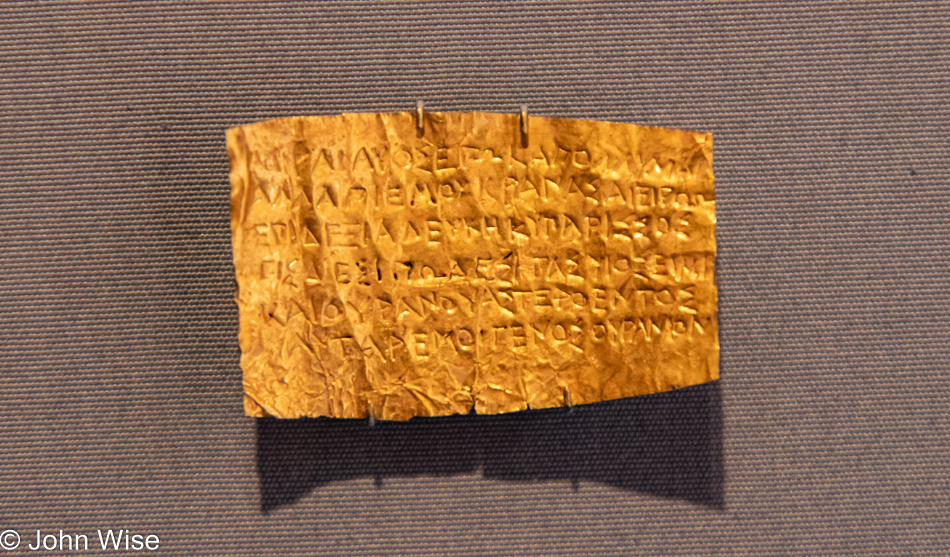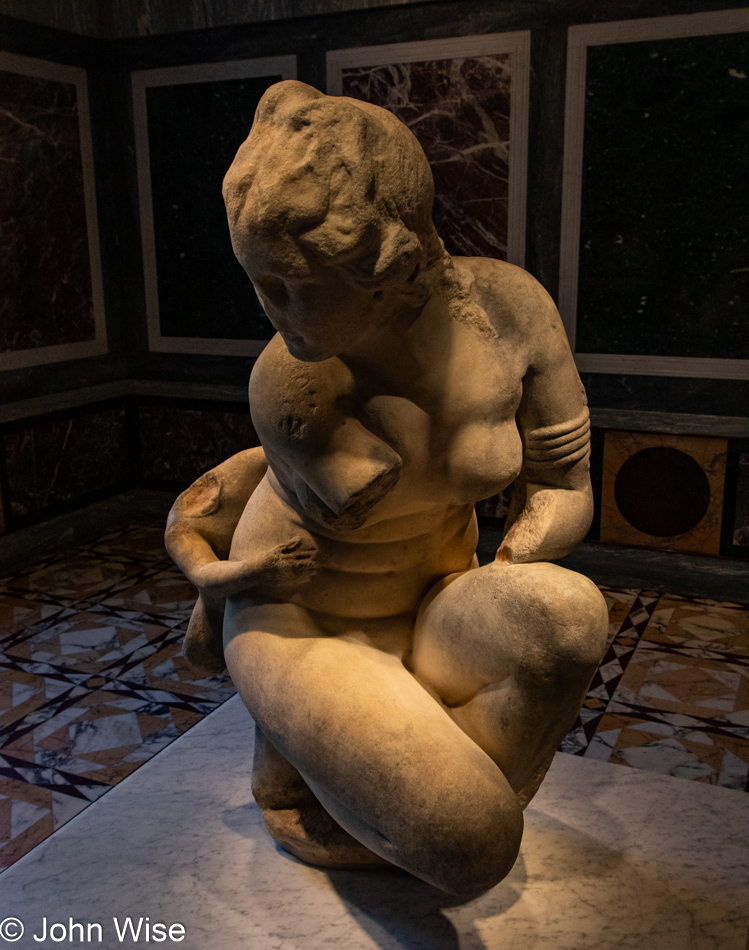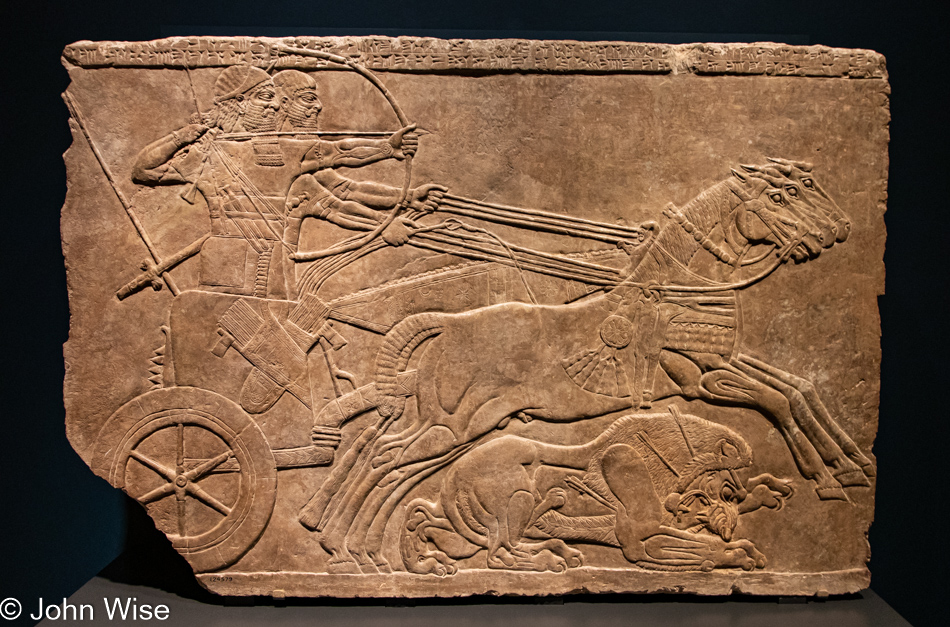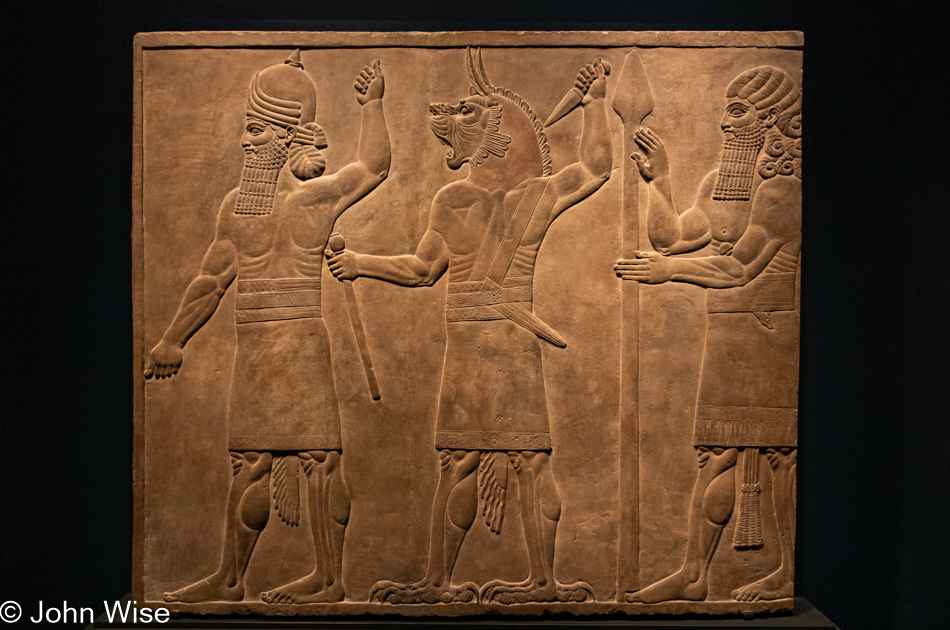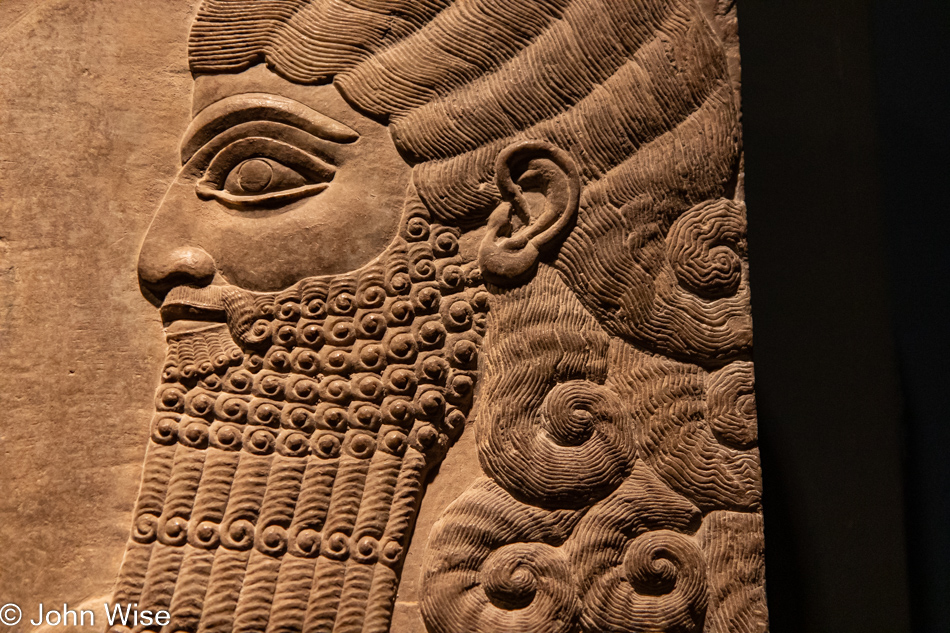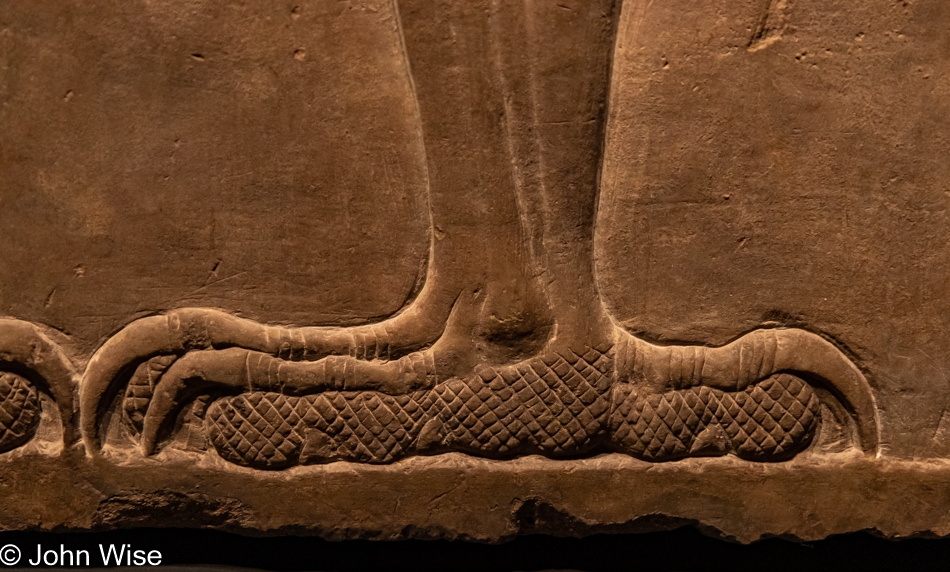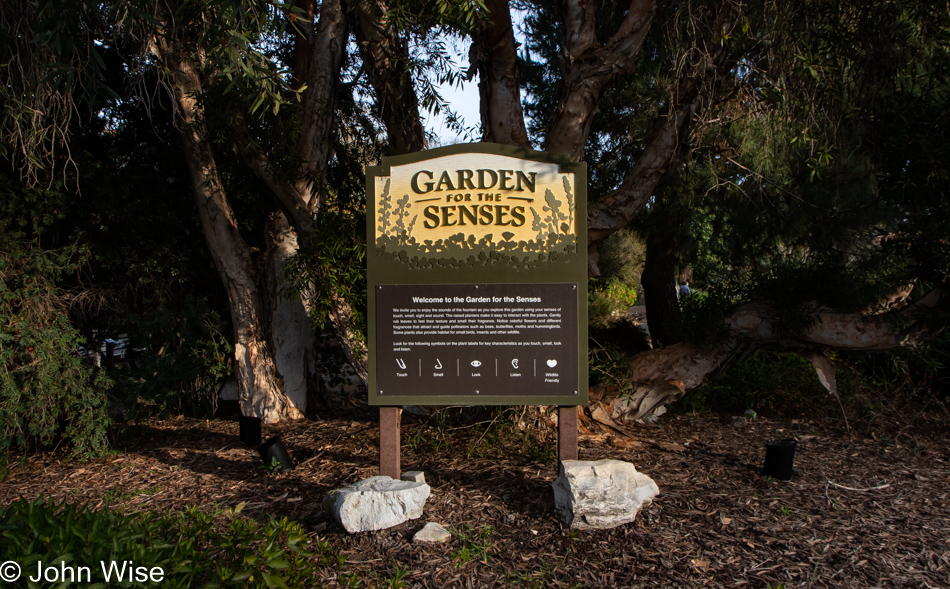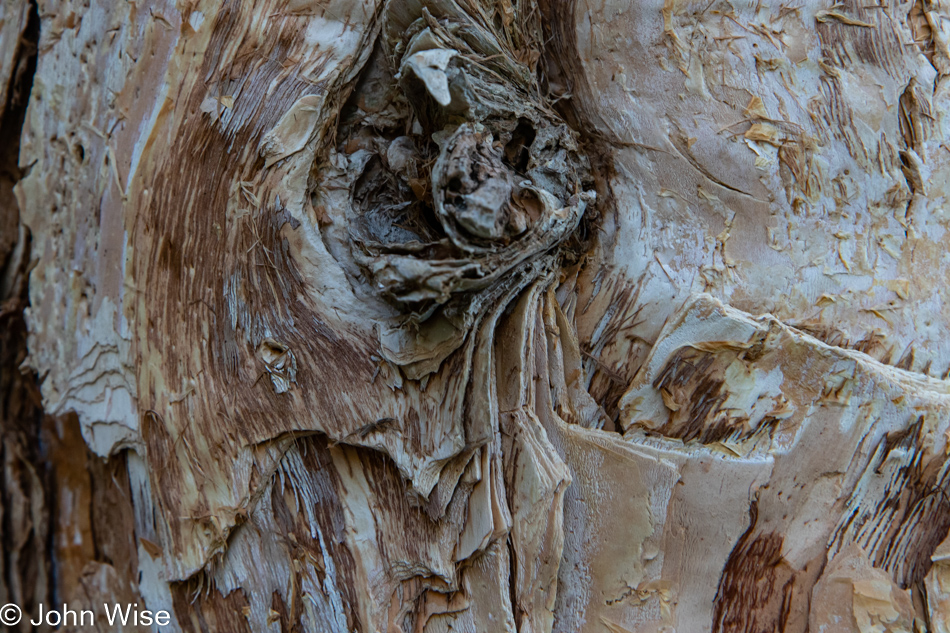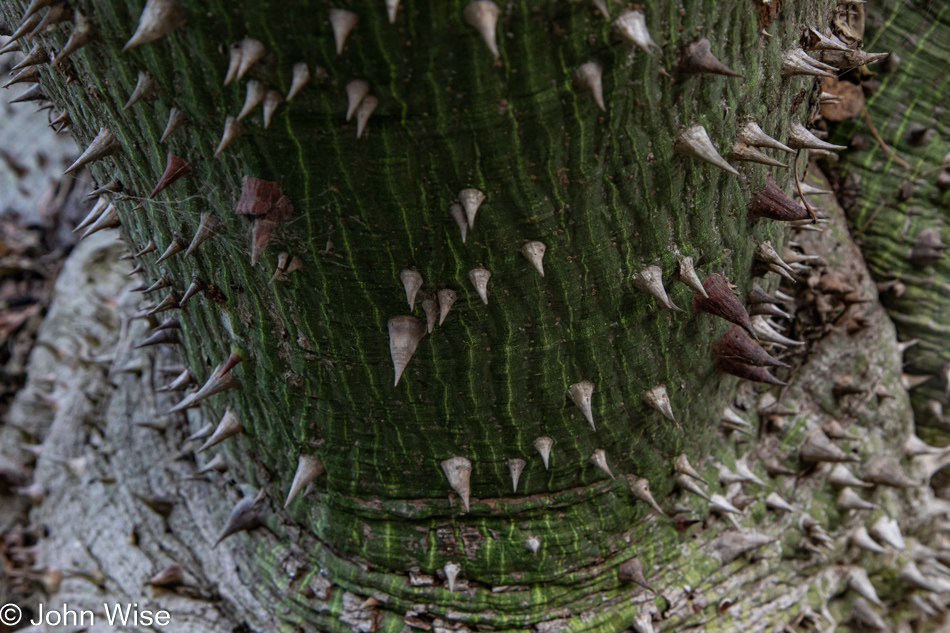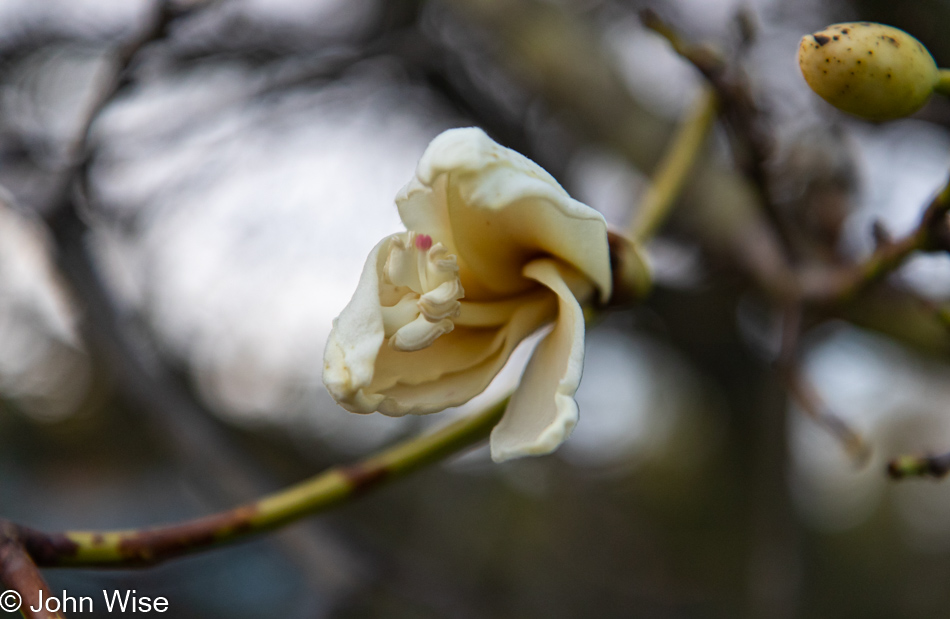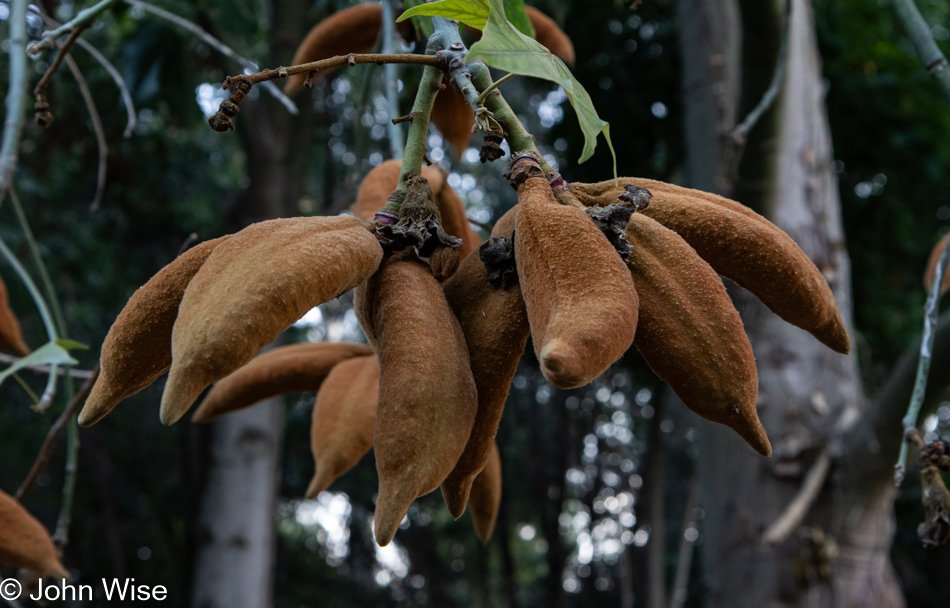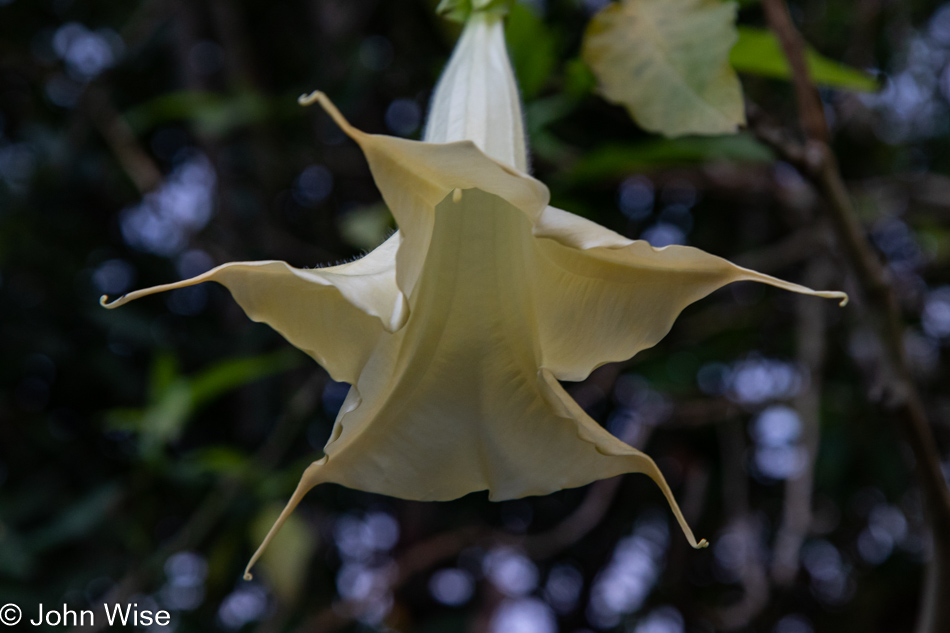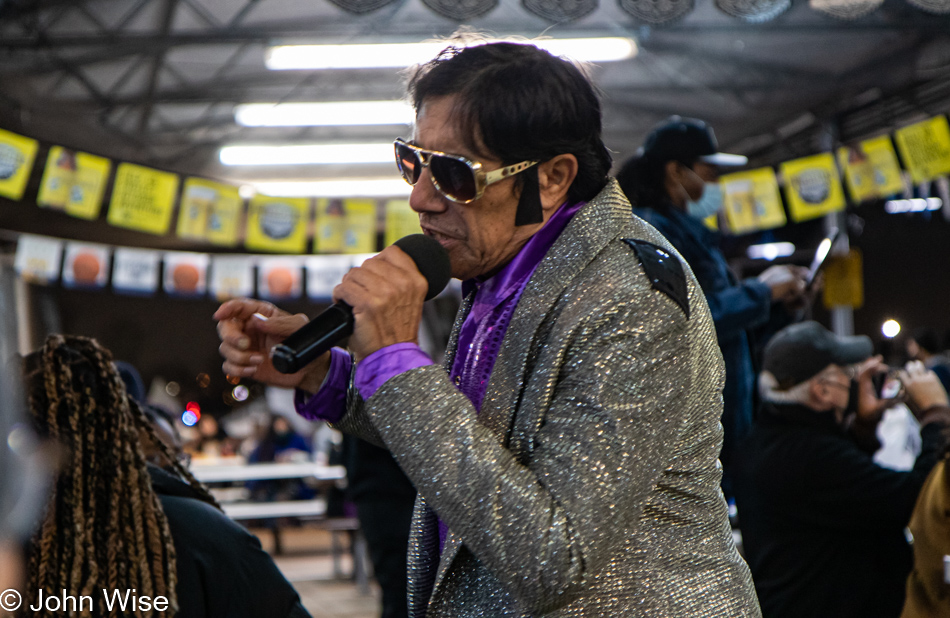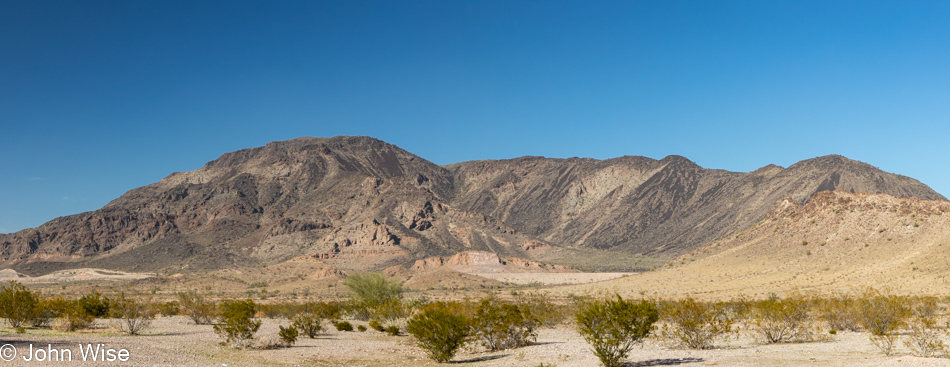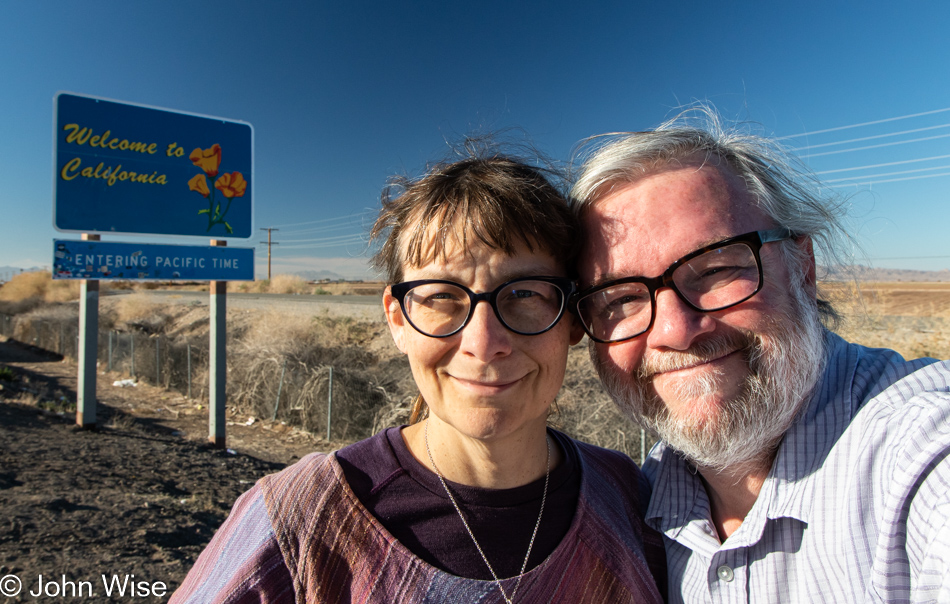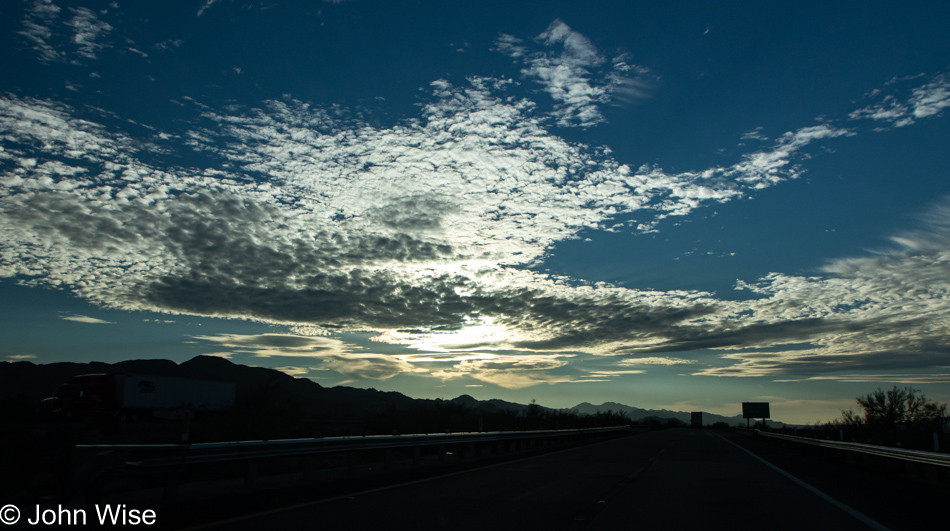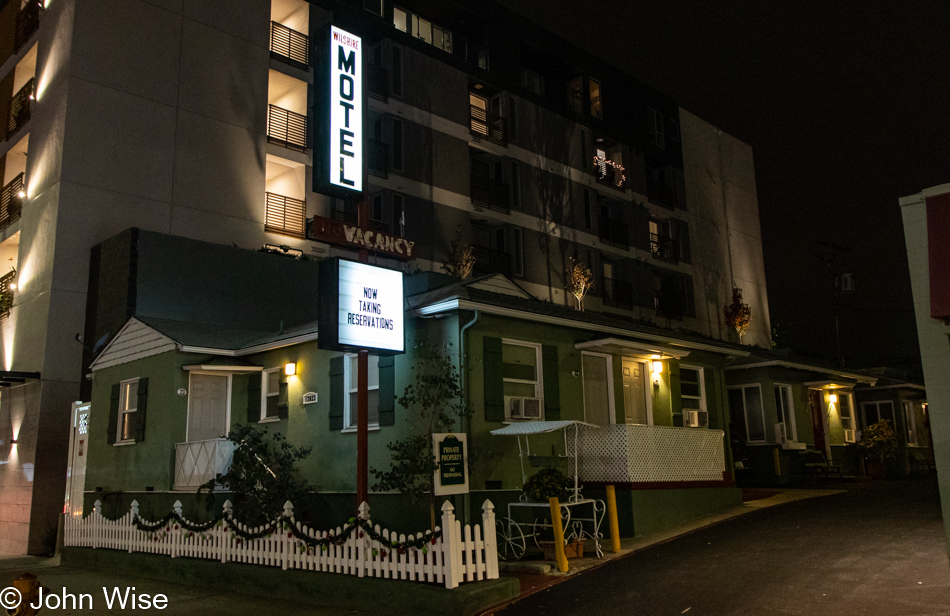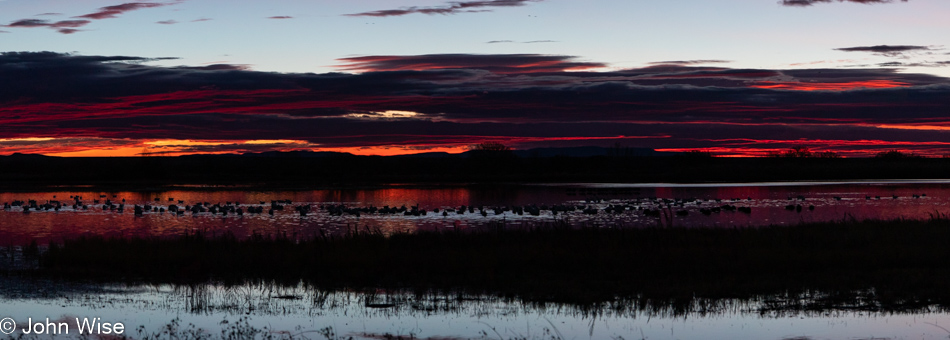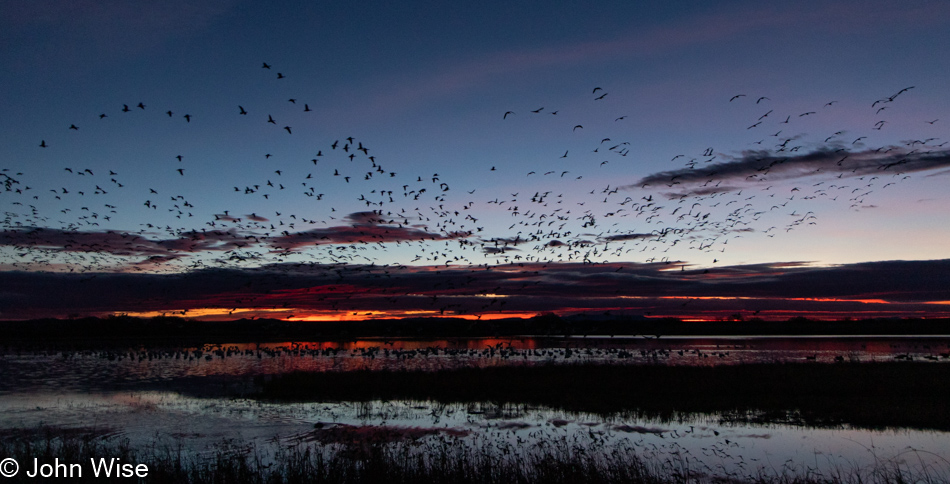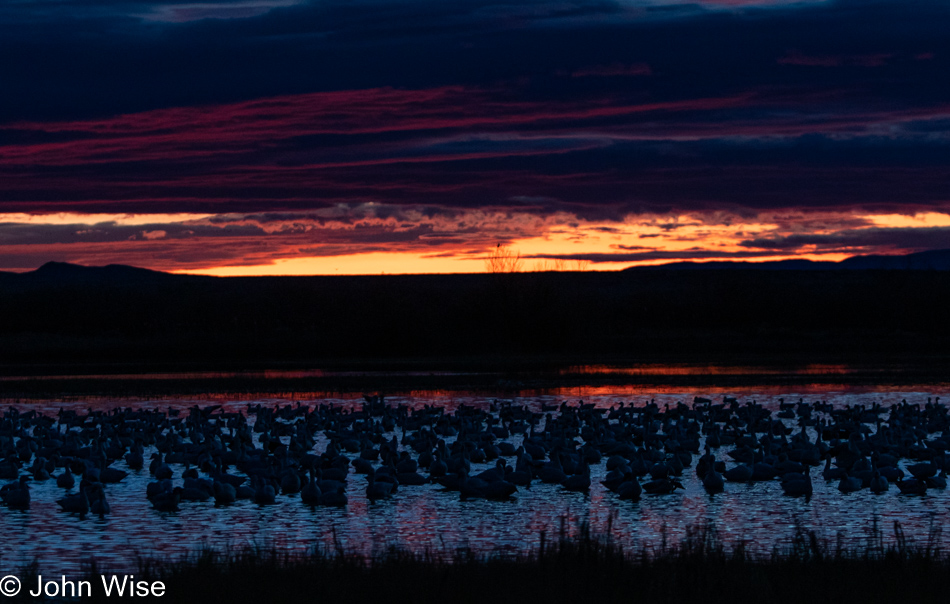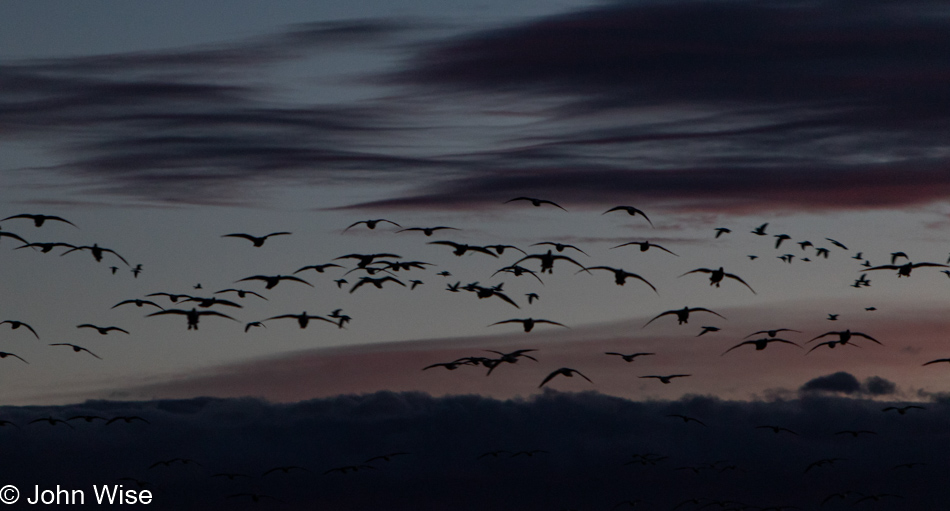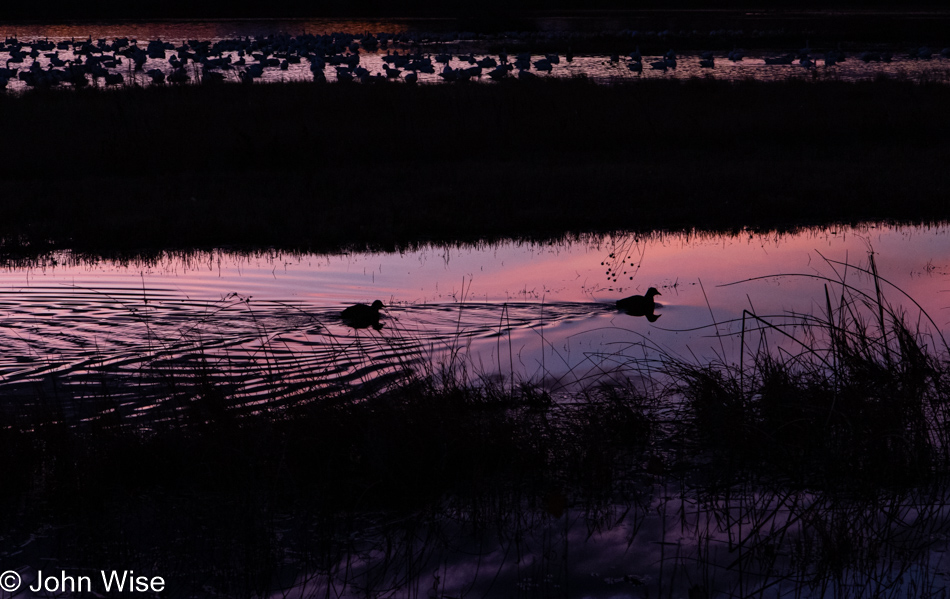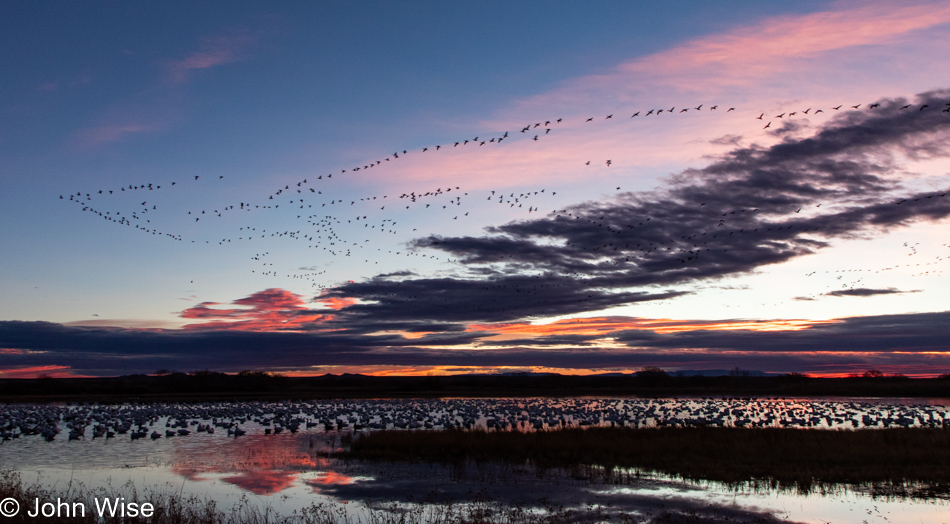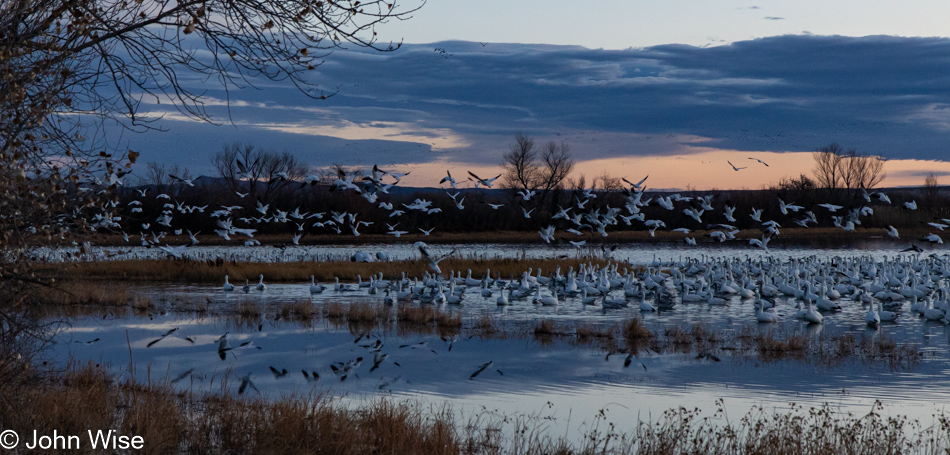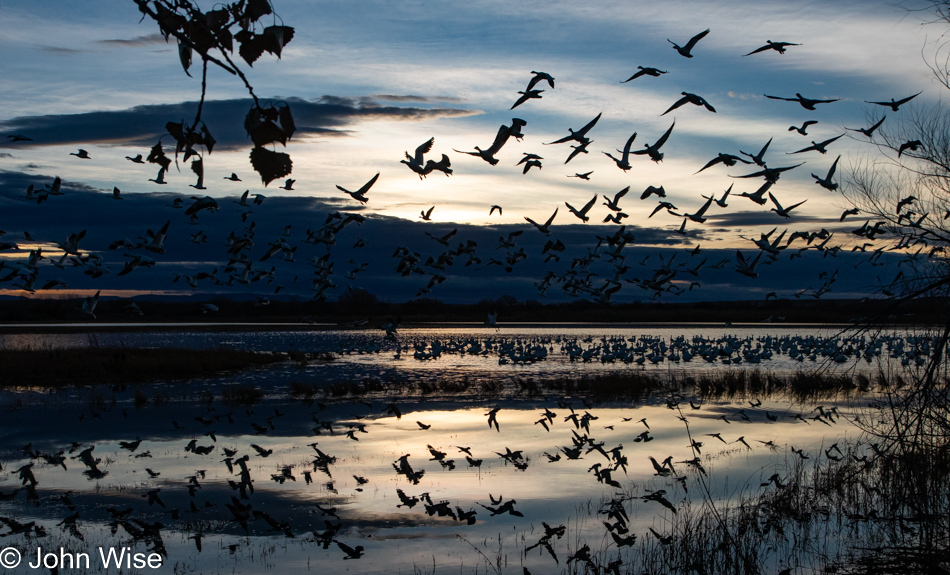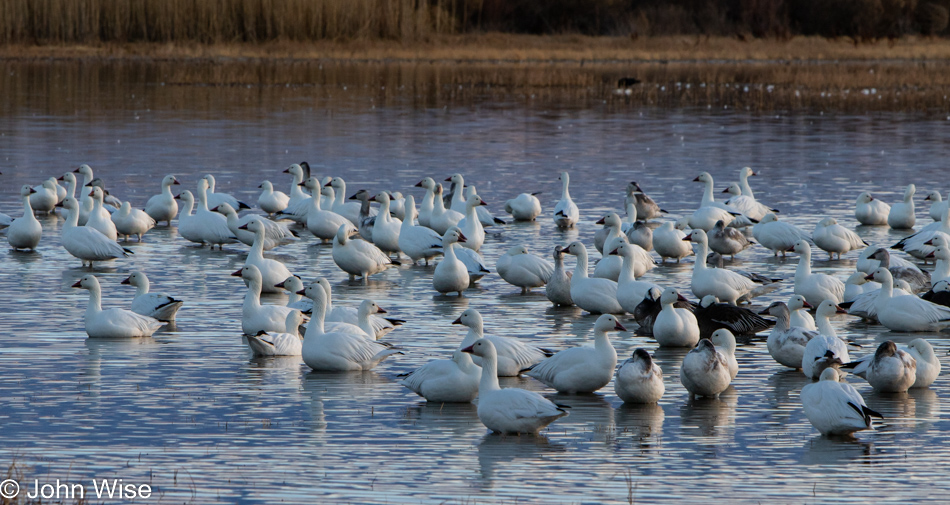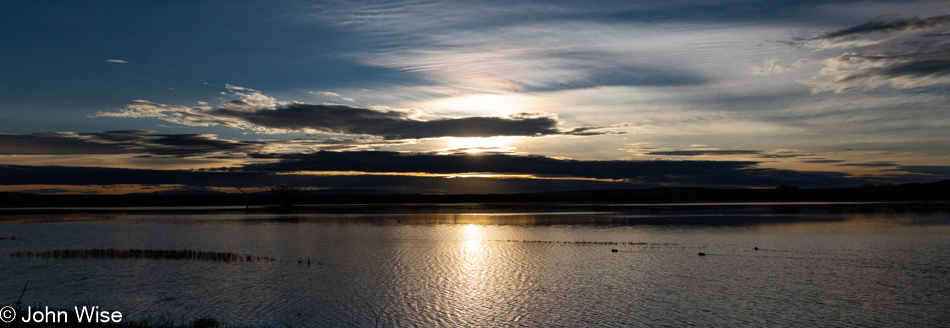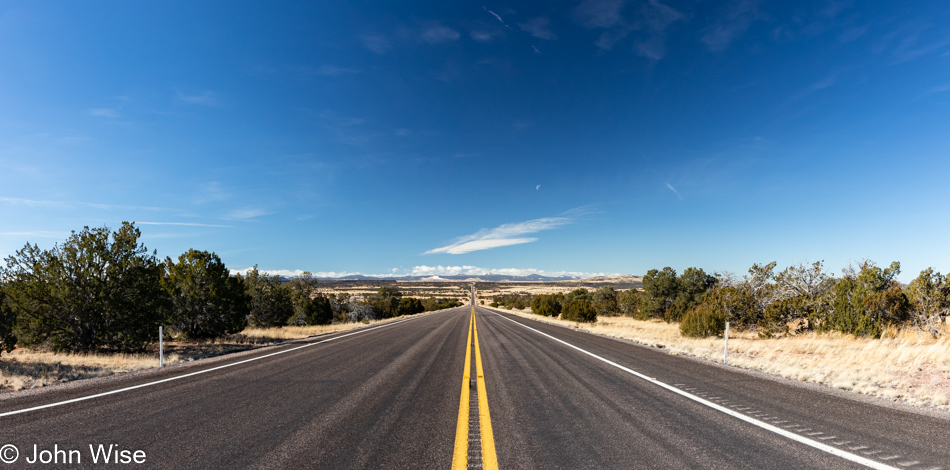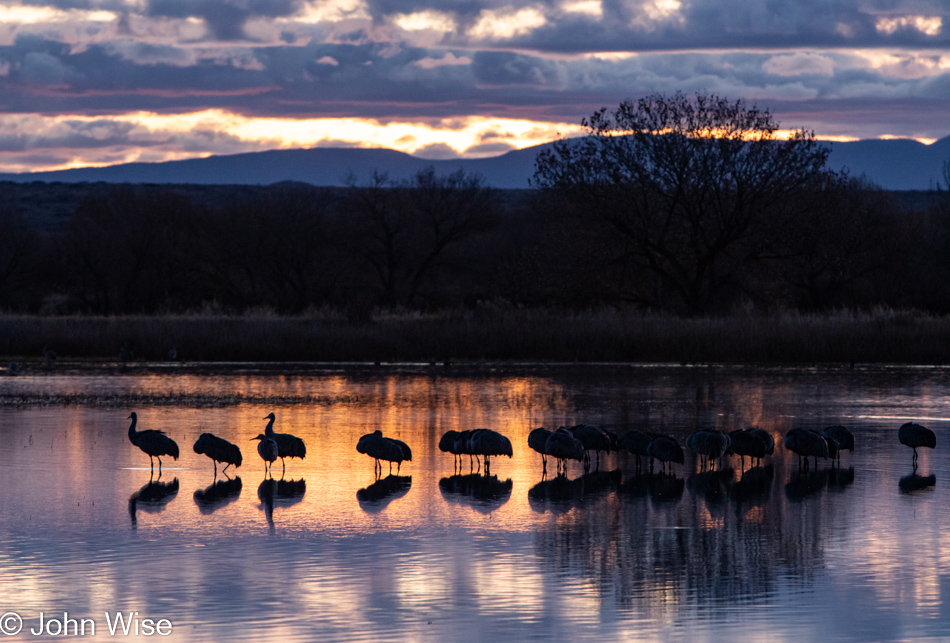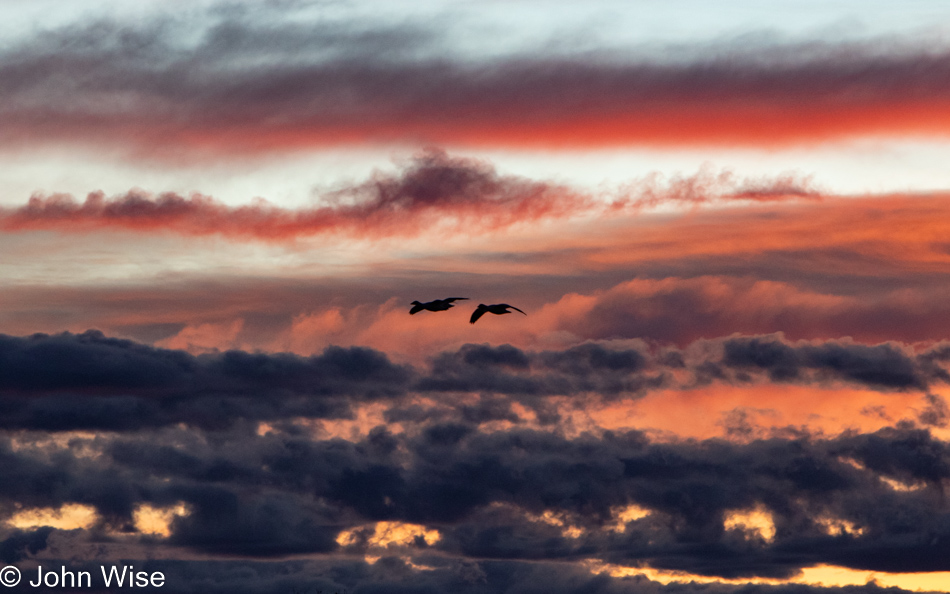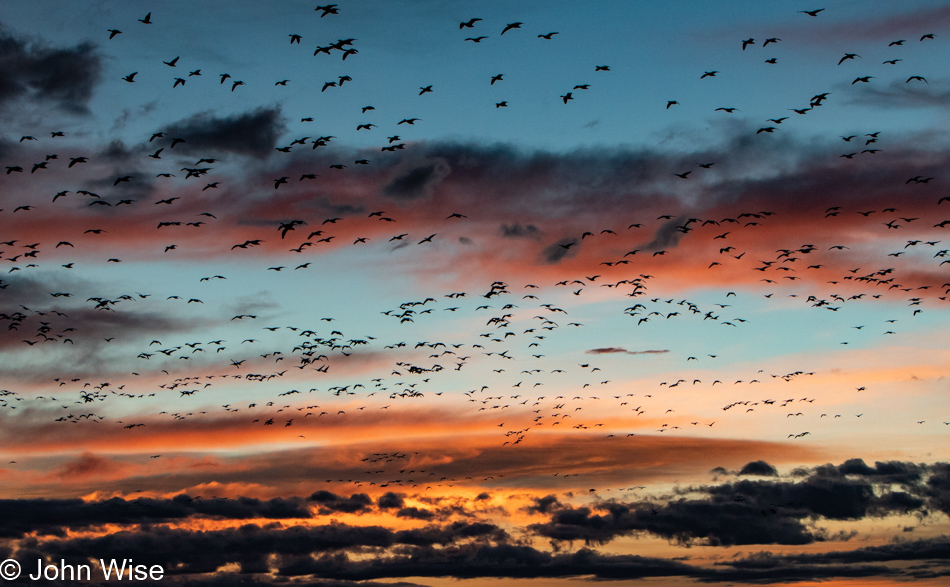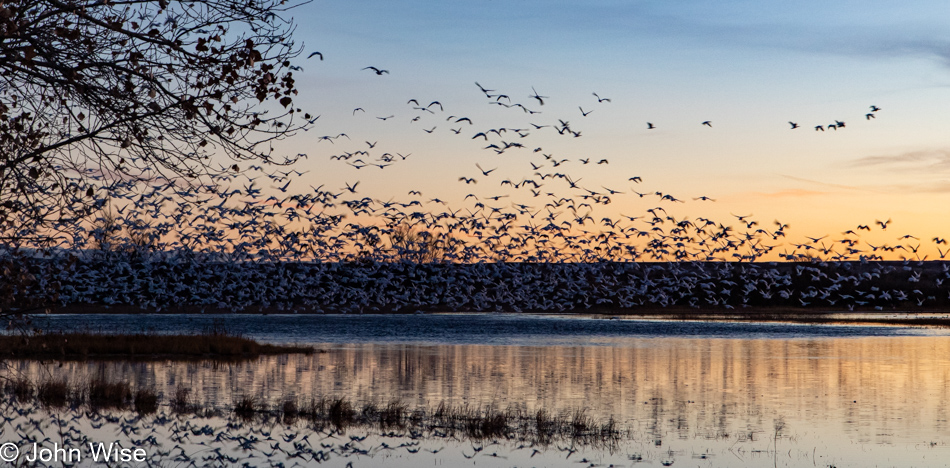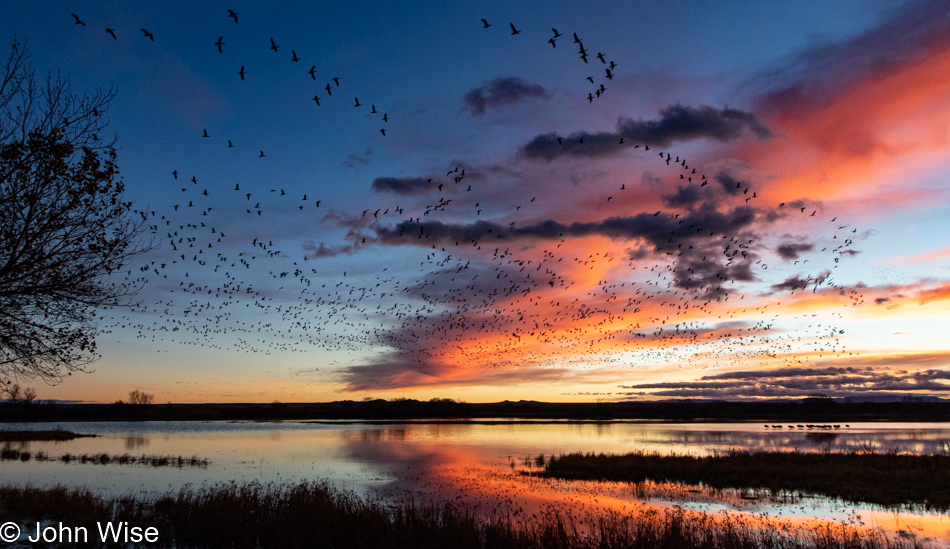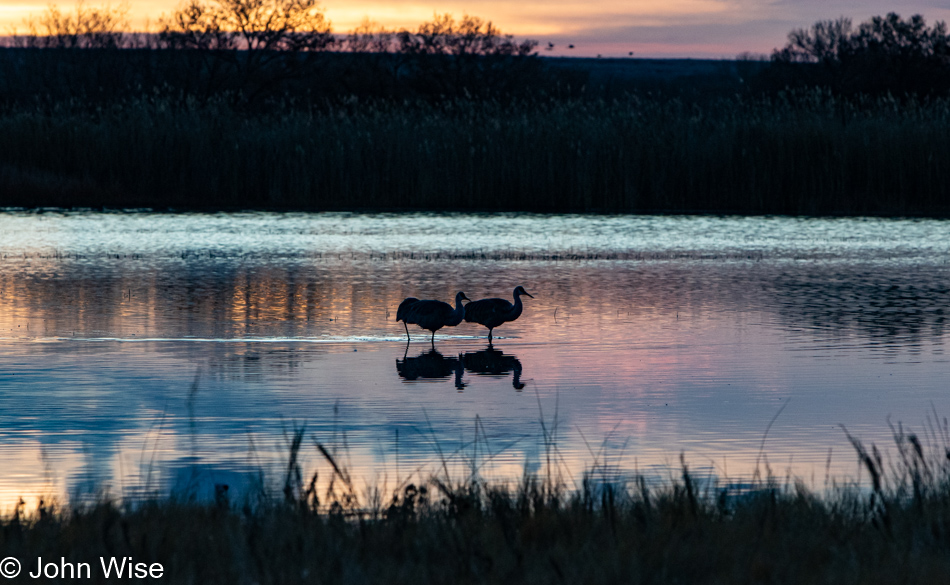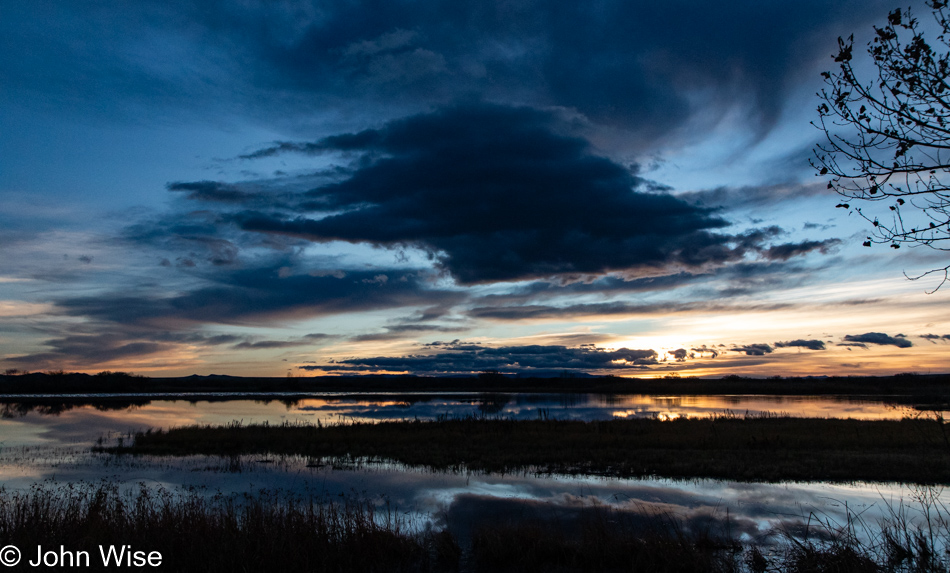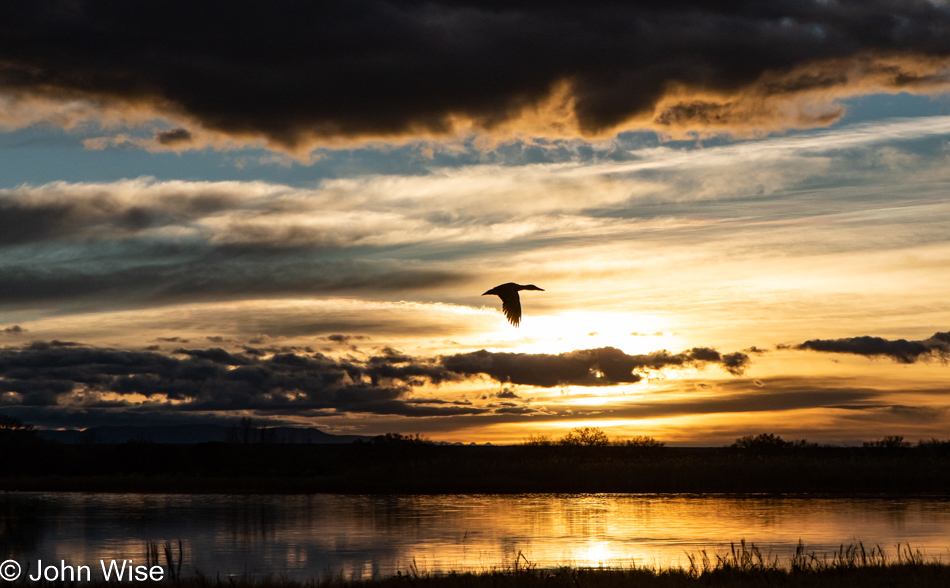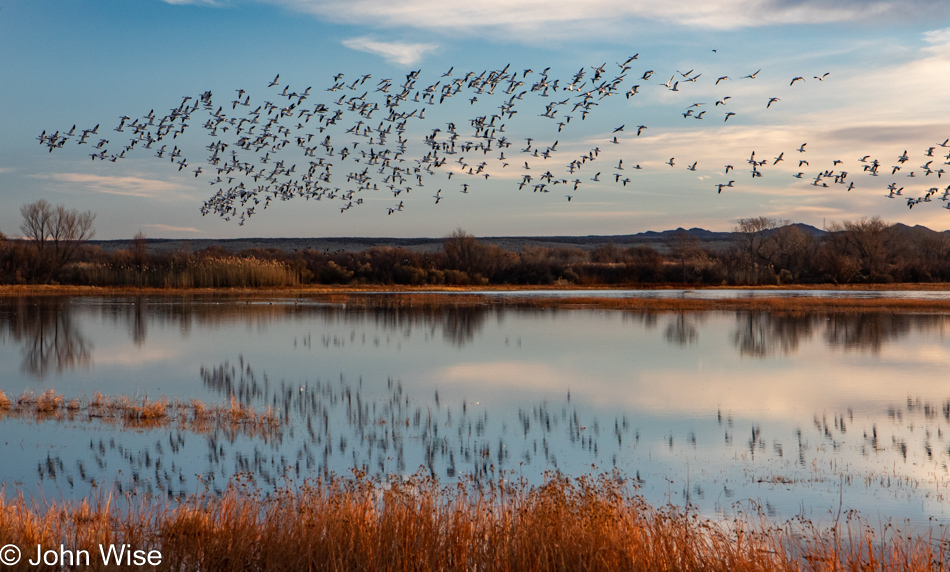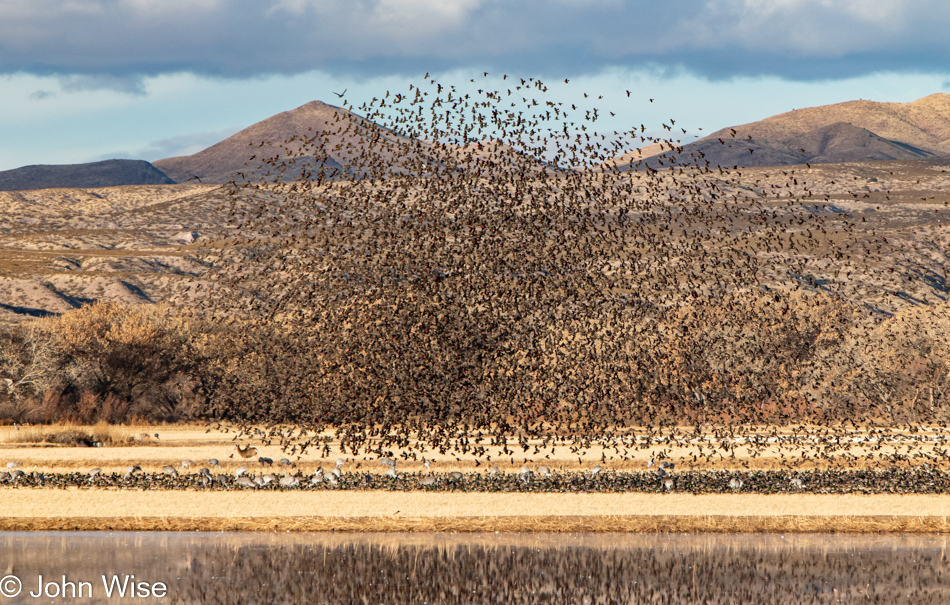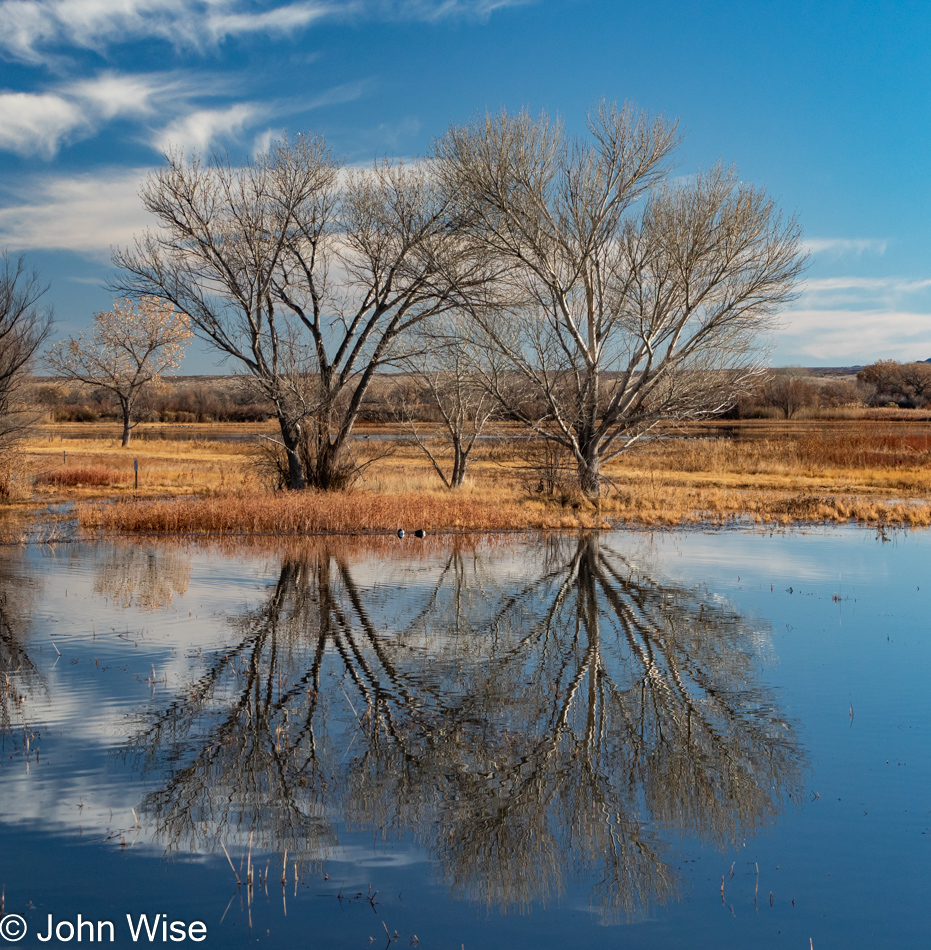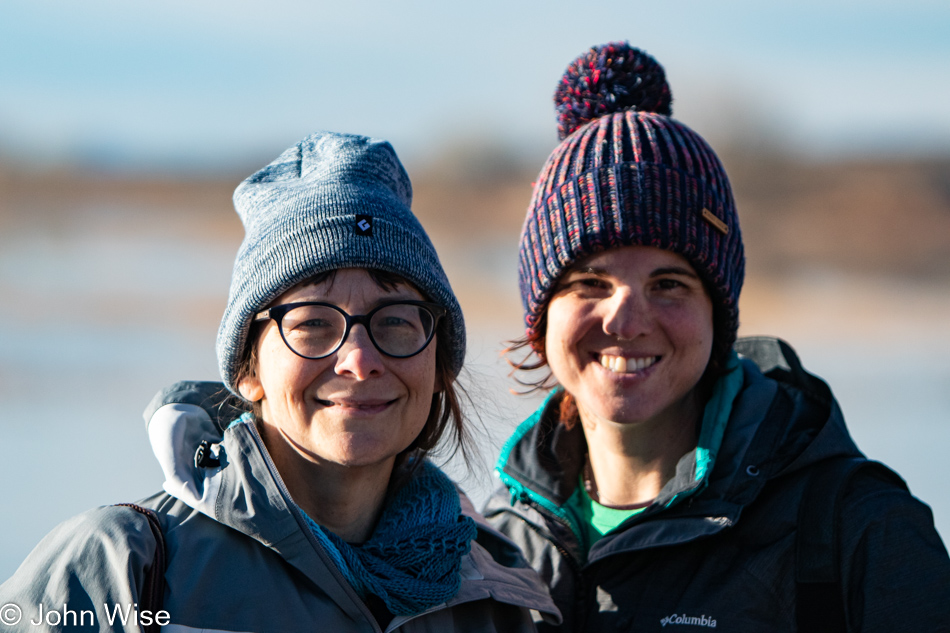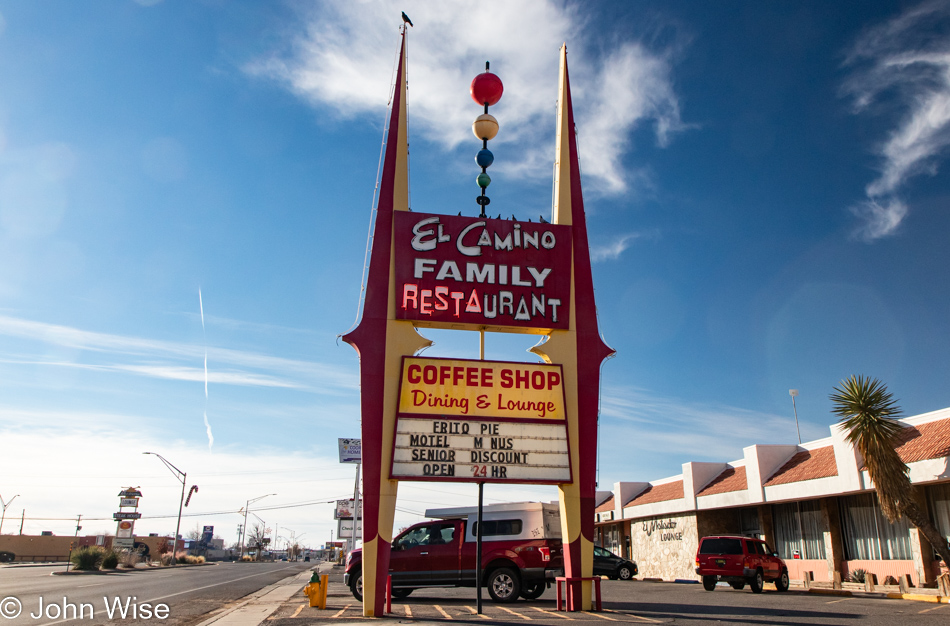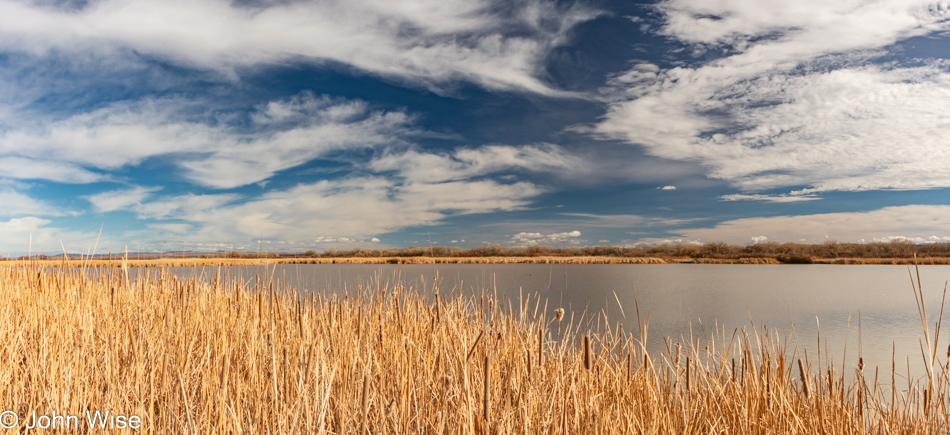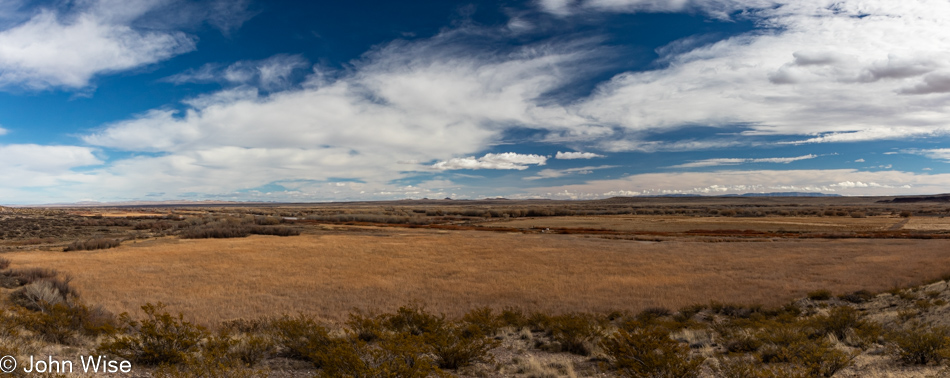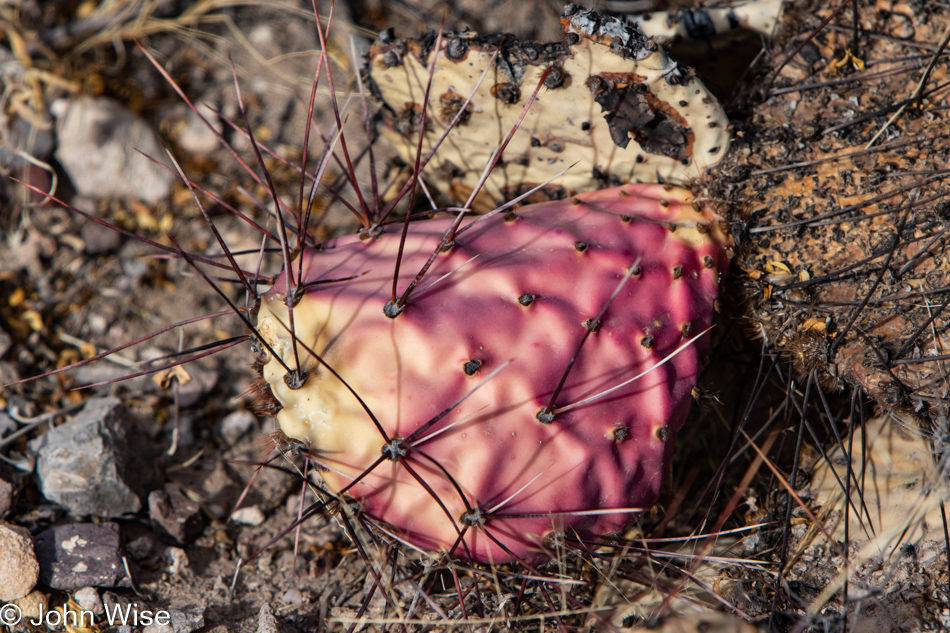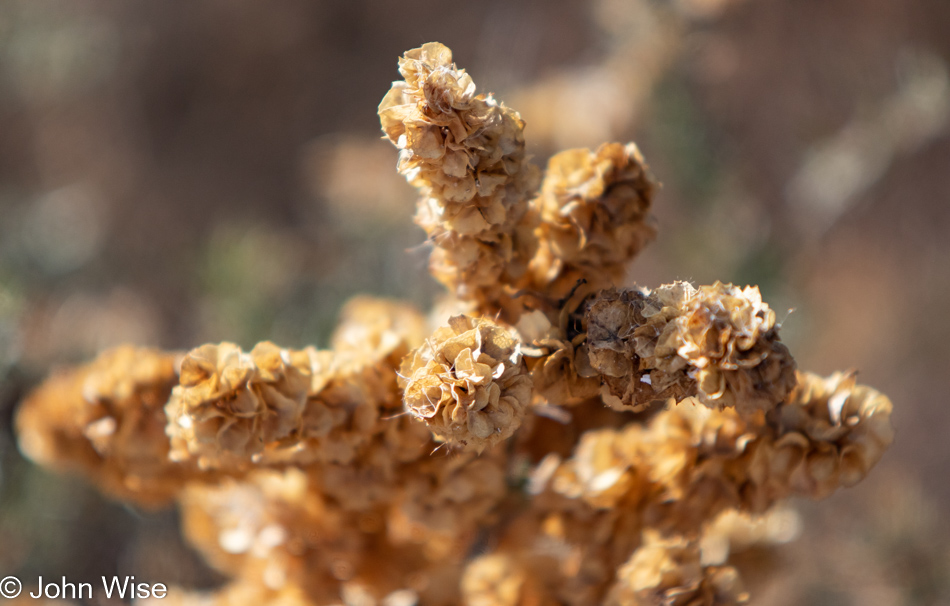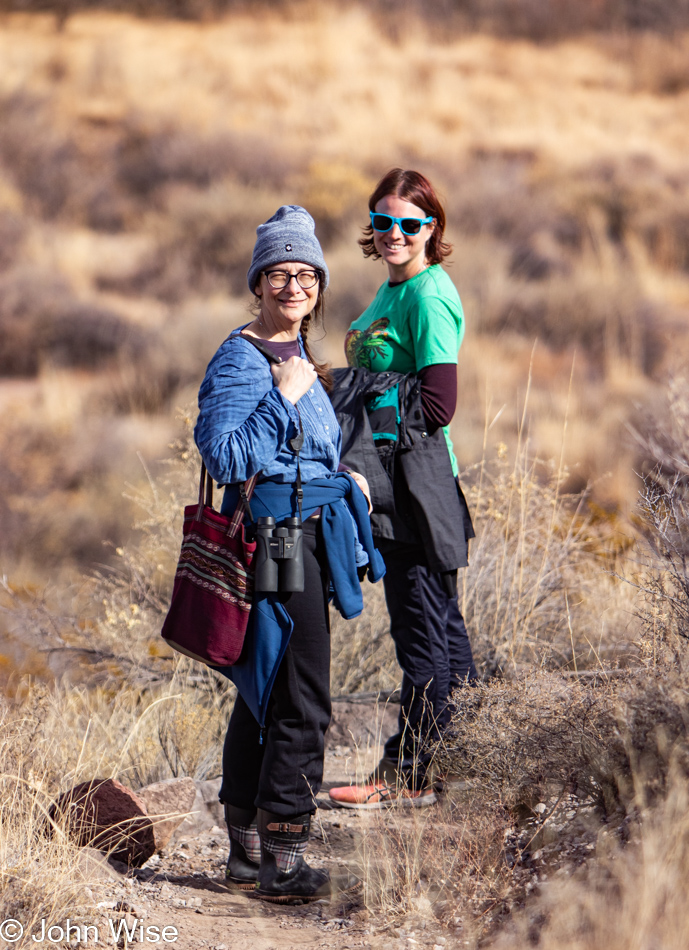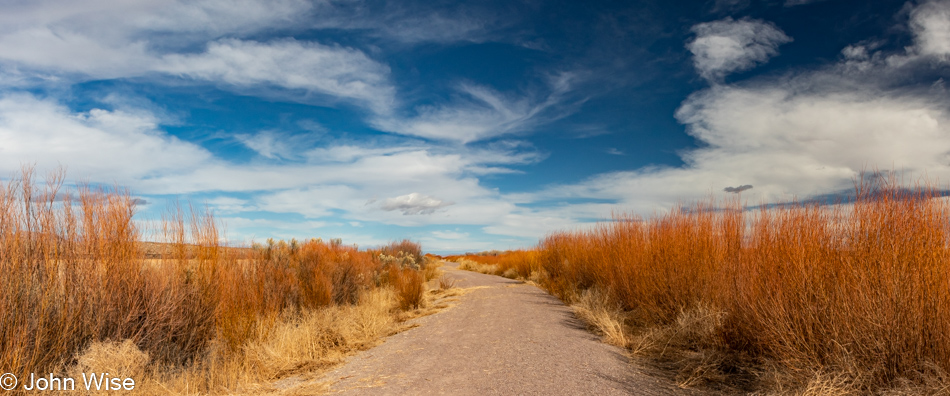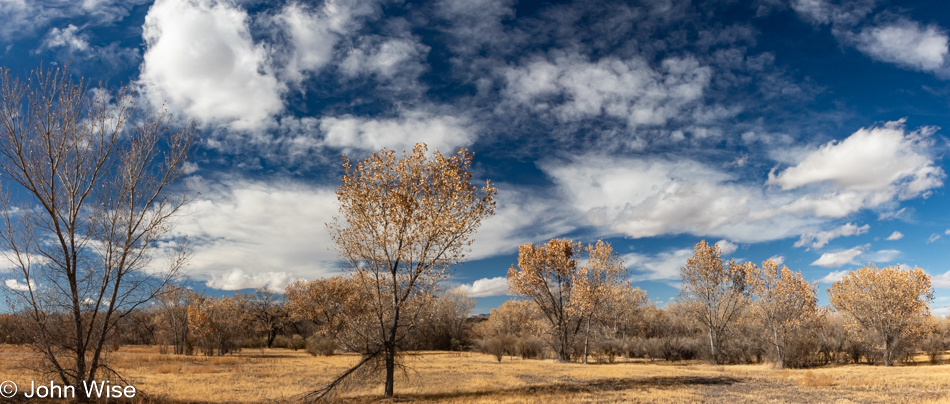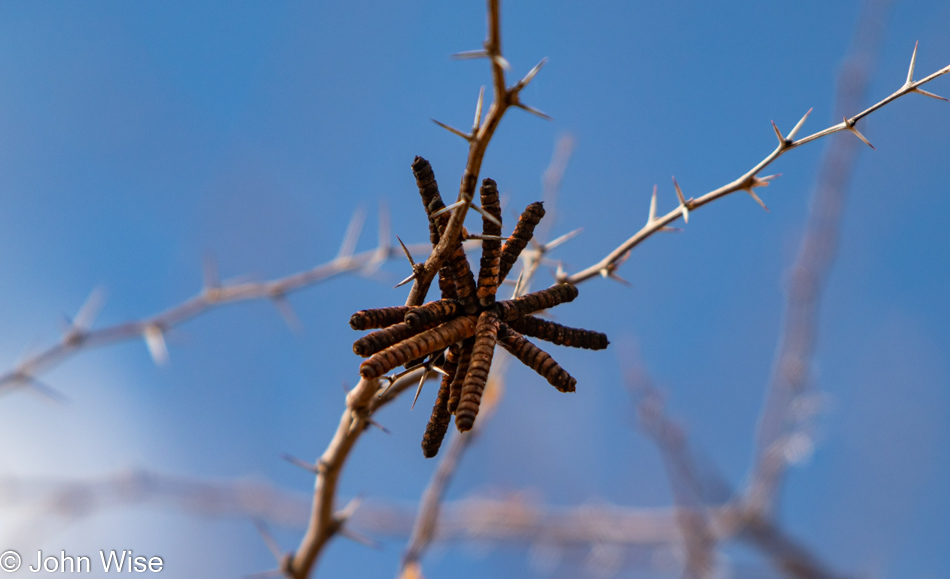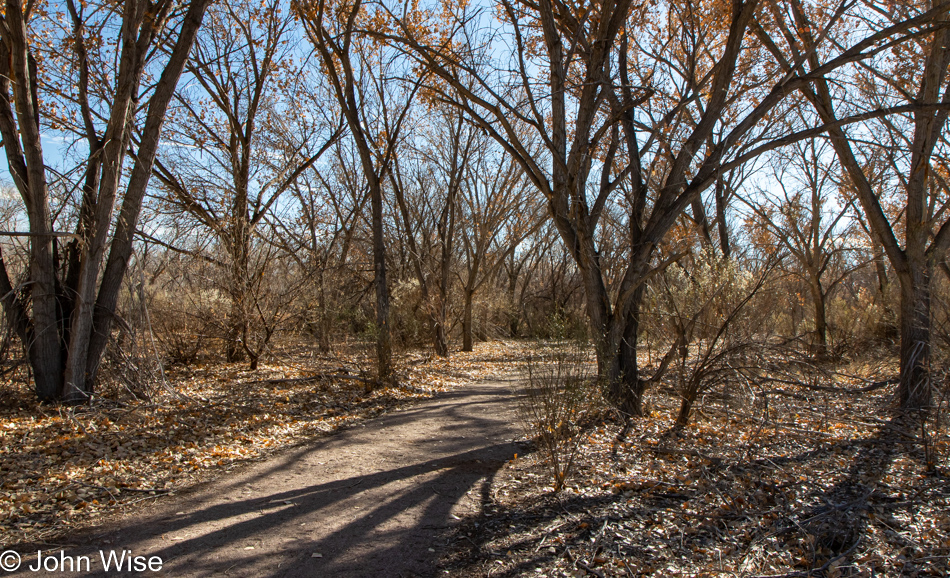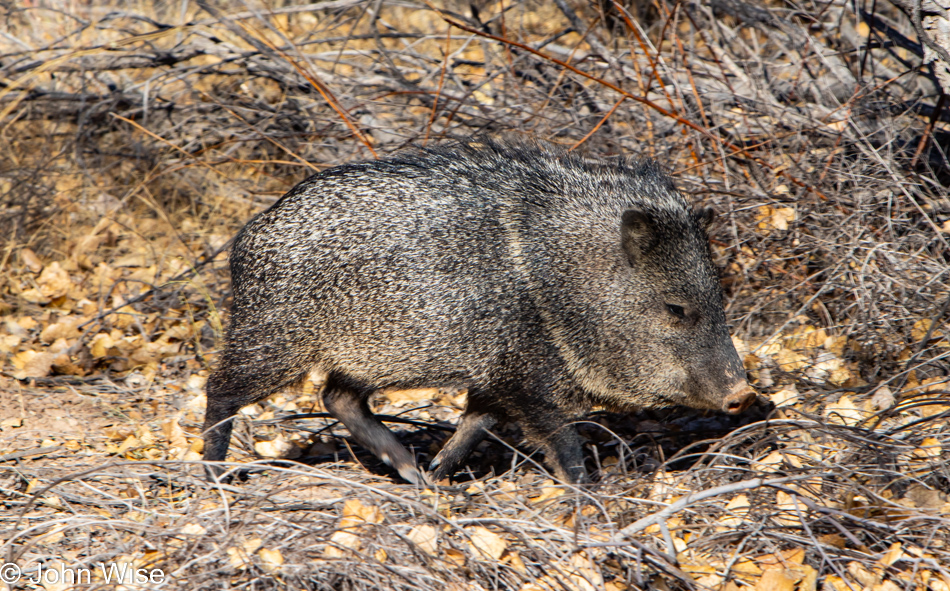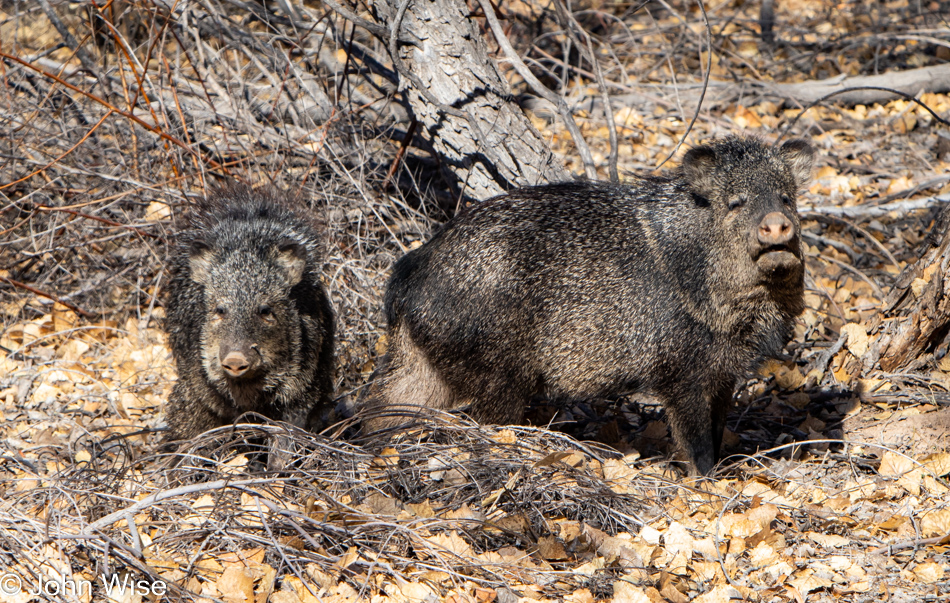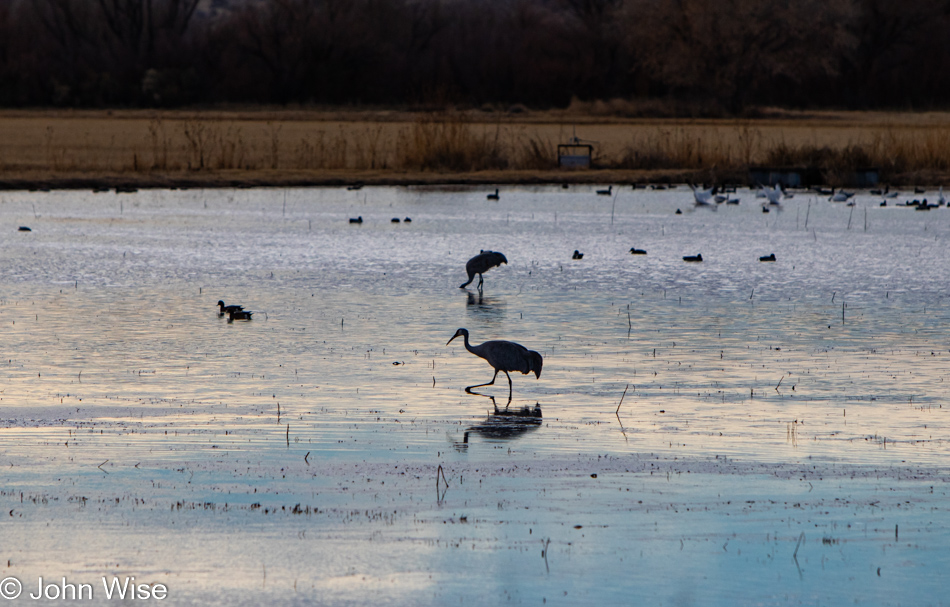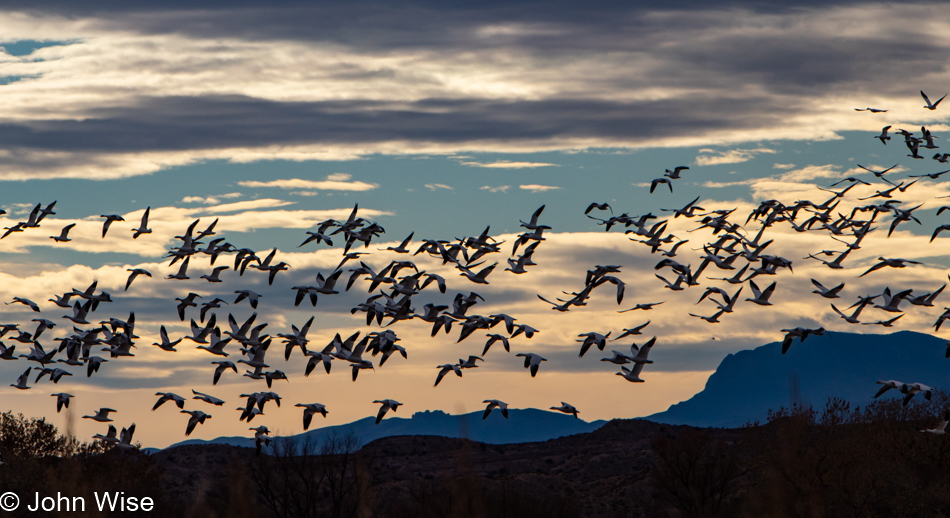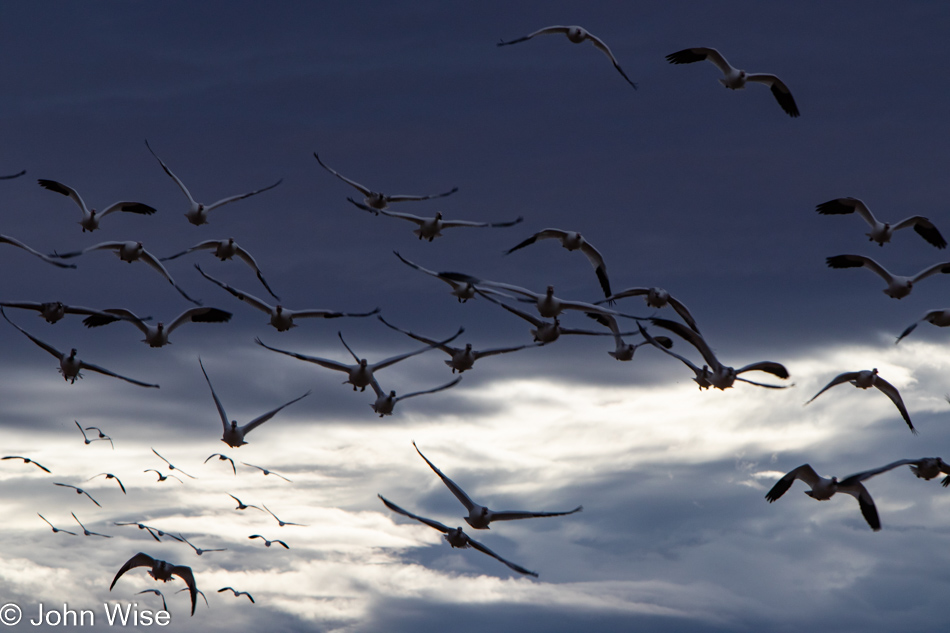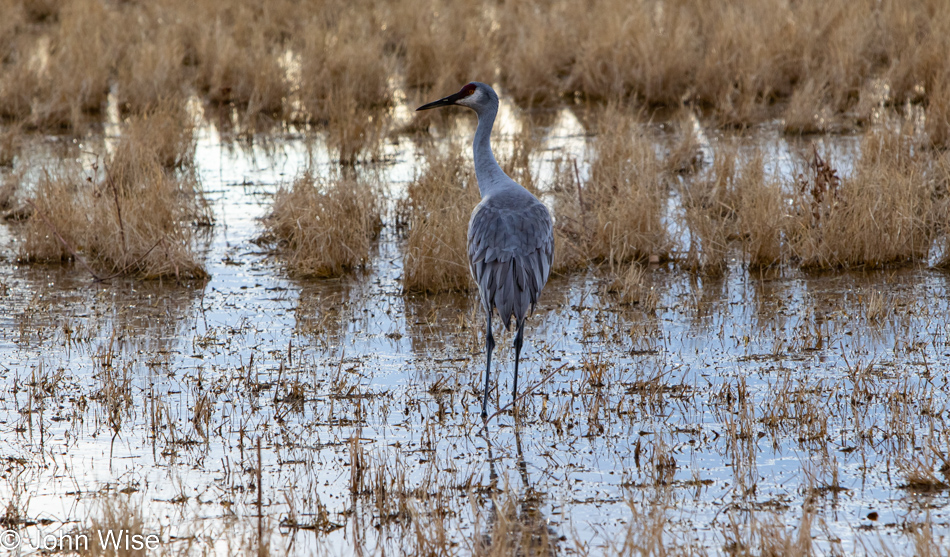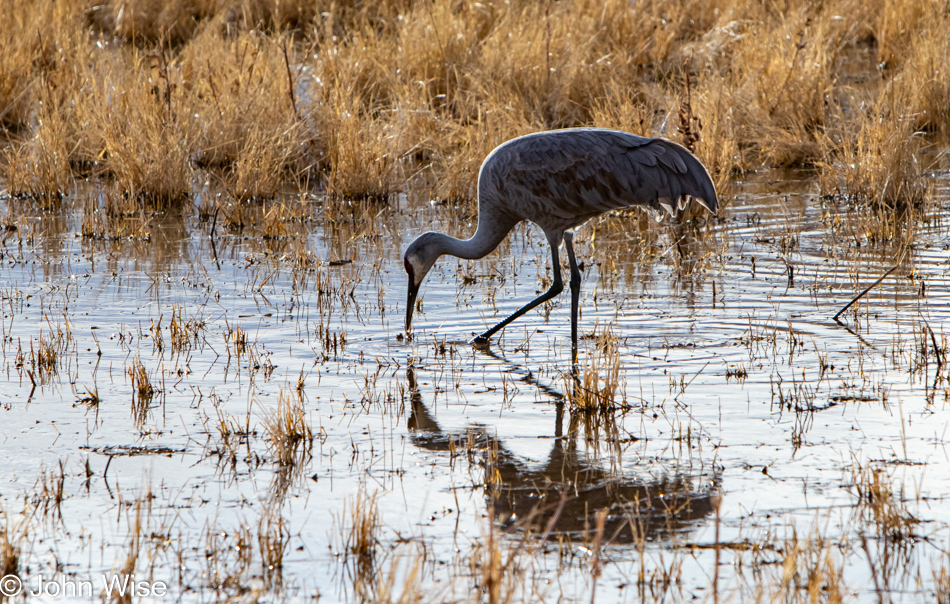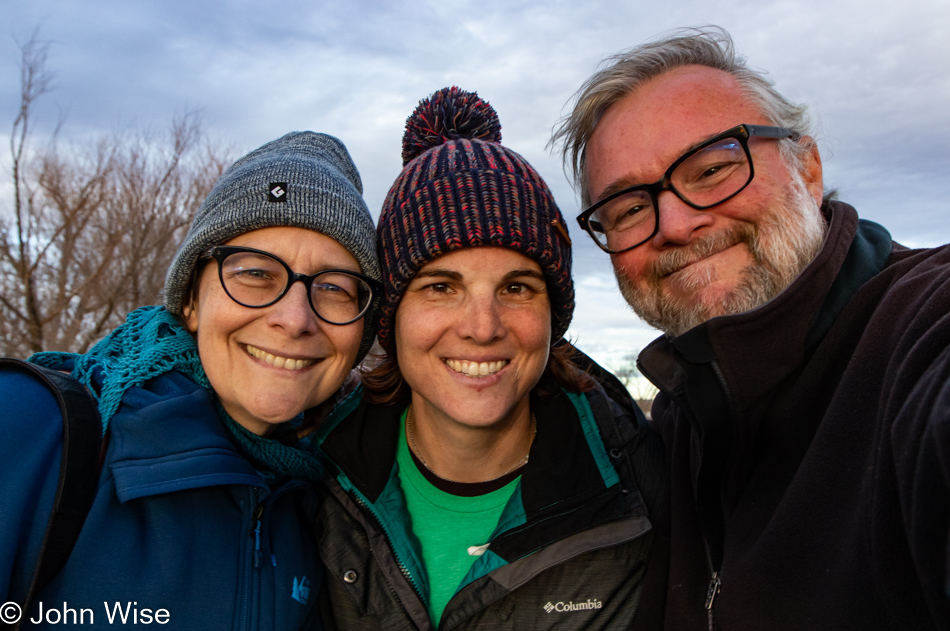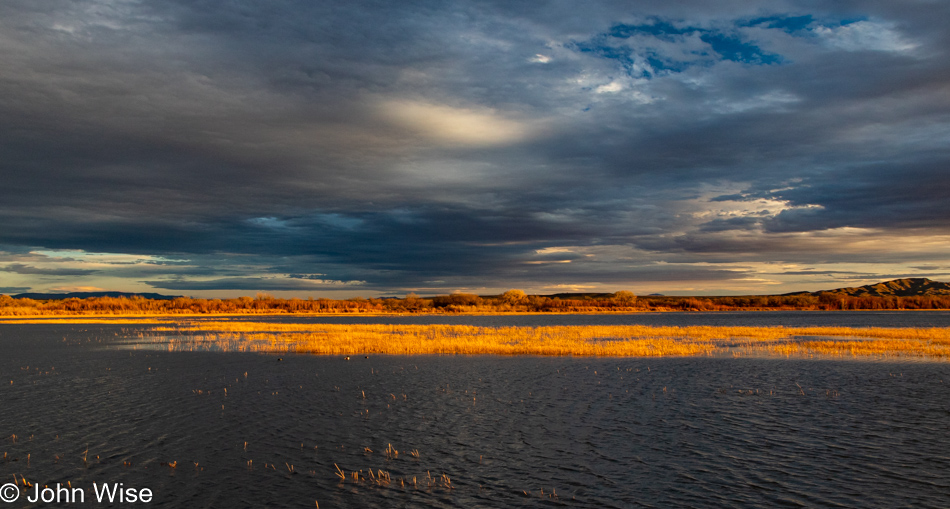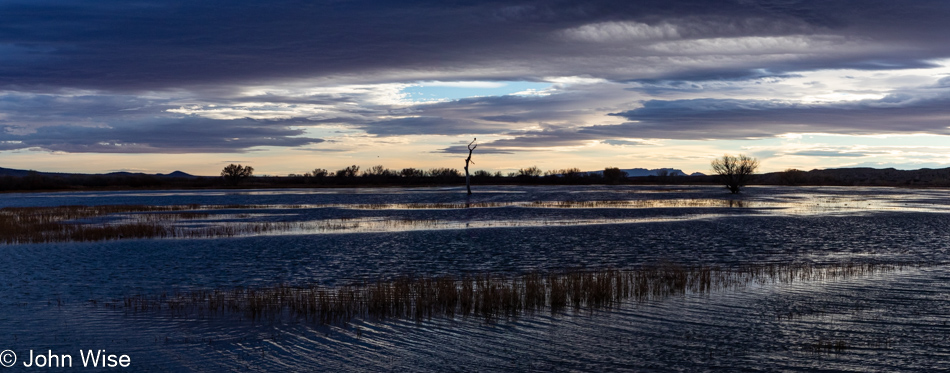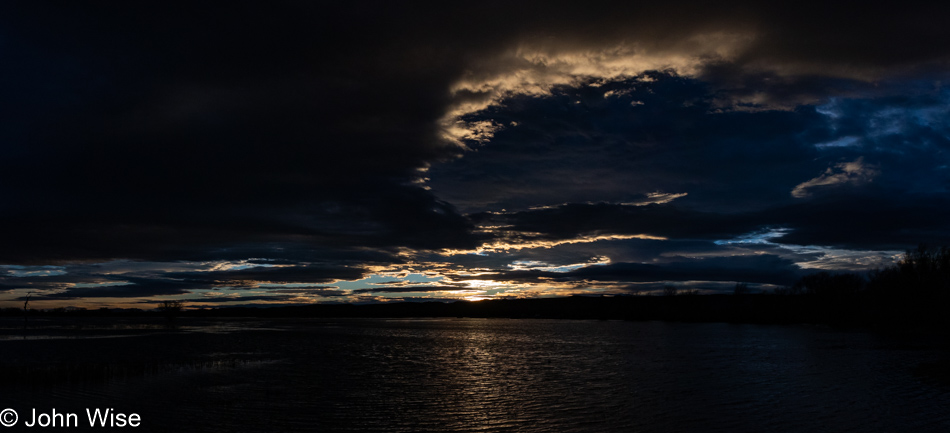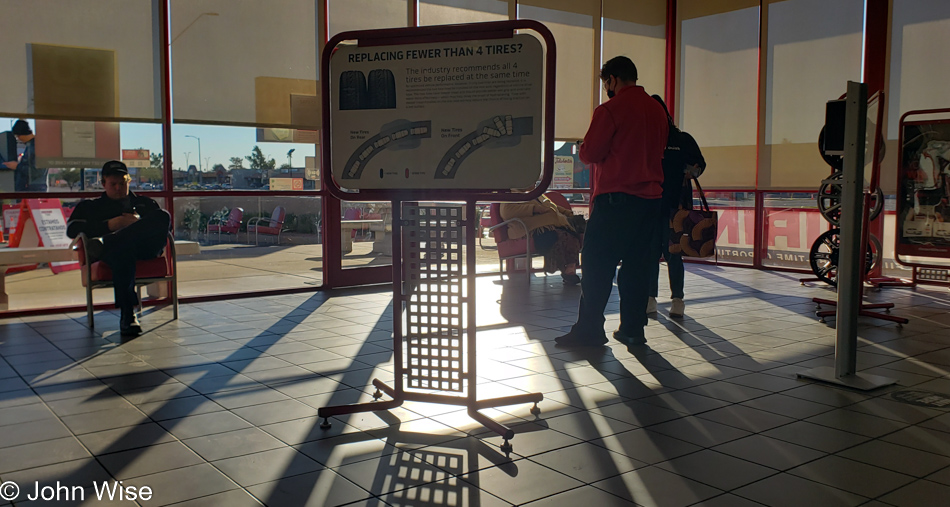
Not even out of town yet and need to make an unexpected stop. Not that we were ready to leave yet anyway, but I seriously didn’t anticipate that we’d be having all four tires changed on our car today. This all started with a low tire sensor pressure alert as I started the car; with cold weather, it’s not surprising a tire would show low. I stopped at a nearby tire shop for more air, but as I went to remove a valve cap, I saw why that particular tire was seriously low: a nail was poking out of the sidewall. This changed the equation from just filling the tire to replacing it, but they didn’t have my size in stock and couldn’t have it in before 2:00. We were planning on getting out at noon, so this wasn’t going to work.
At Discount Tire, they have my size, but I’m also informed that my two front tires are low on tread. Okay, let’s change them all. That’ll be $1008, sir. Nope, that won’t work. Well, we have tires for only $530, but those won’t provide you with all the benefits of the others. That’s fine; I’ll opt for the inferior tires the manufacturer made that probably fail to meet the Department of Transportation requirement for road safety. For nearly the cost of one of those tires, we’ll sell you insurance that should you attract another nail; we’ll replace that tire for free. No, thank you. That extra cost of the insurance actually pre-pays that tire should I need this service, and this is only the second time in my 42 years of driving a car that I’ve had a sidewall puncture.
So, instead of taking things easy and heading to the coffee shop for that all-important first cup of the day, I’m sitting here in this lobby grinding my teeth at the $500 bill that arrives on the heels of learning that our rent is going up 32%. While I don’t typically complain about anything financially related, this is starting to feel like it’ll impact either our savings for retirement and/or our travel budget. These concerns, though, should not be addressed here and now in the hours before we leave for our weekend getaway, but again, here I am sitting in a lobby, forced to listen to The Joker by the Steve Miller Band and these insipid lyrics about loving some girls peaches and the dude being a midnight toker and I have nothing better to do.
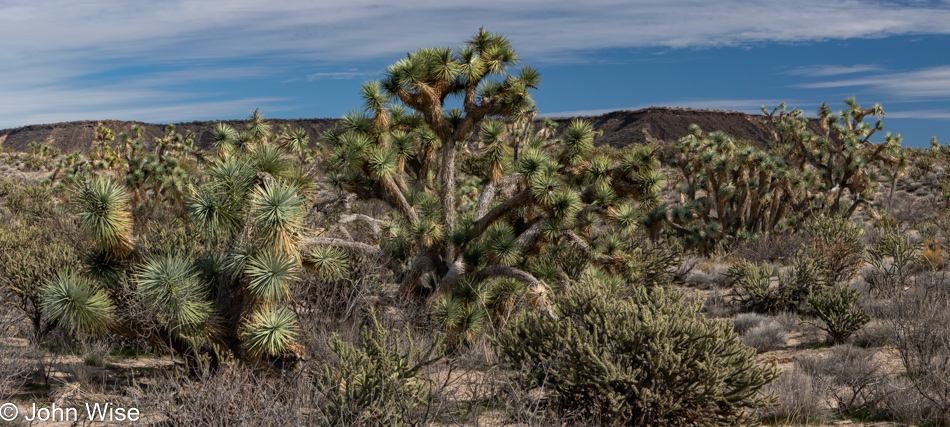
Like clockwork, we’re gone. Almost like clockwork, we were gone, but first, I needed to stop for lunch at In-N-Out. Part of my ambitious travel plans for 2022 with these 24 adventures out of Phoenix is that we don’t drive down the same roads from trip to subsequent trip. We need a break of familiarity and so while we drove to L.A. via Interstate 10 two weeks ago, today we are leaving via Highway 60 in the direction of Las Vegas. Not that we’re going to Vegas, hopefully ever again, but that’s the general direction towards which we need to point the car. Here on the 60, we pass a stretch of road referred to as the Joshua Tree Parkway.
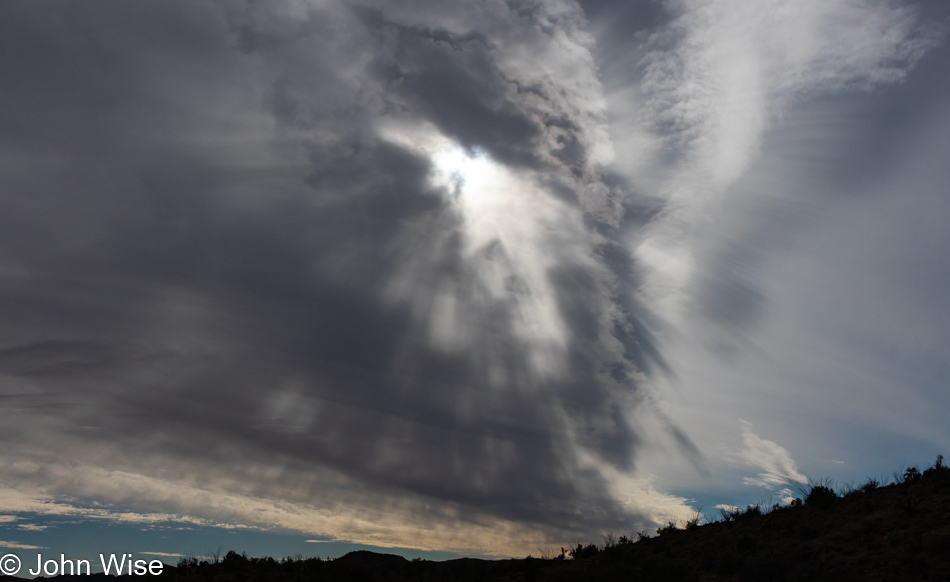
Still on the 60 but now well north of the Joshua Trees, we start to wonder what the weather forecast says about things up this way, but it’s too late to give that much concern; plus, we don’t have great phone service to check anyway.

We’ve left Kingman after refueling both our supply of caffeine and gasoline. Should you wonder if I am so foolish as to take photos while I’m driving down the road? Heck no, I put the car in auto-pilot self-drive mode thus freeing me up to take photos, selfies, blog, take a nap, and ponder the big questions regarding life. I should also share that Caroline has steadfastly been reading In Search of Lost Time by Proust to us for a solid couple of hours by now, I think we might be down to the final million words soon.
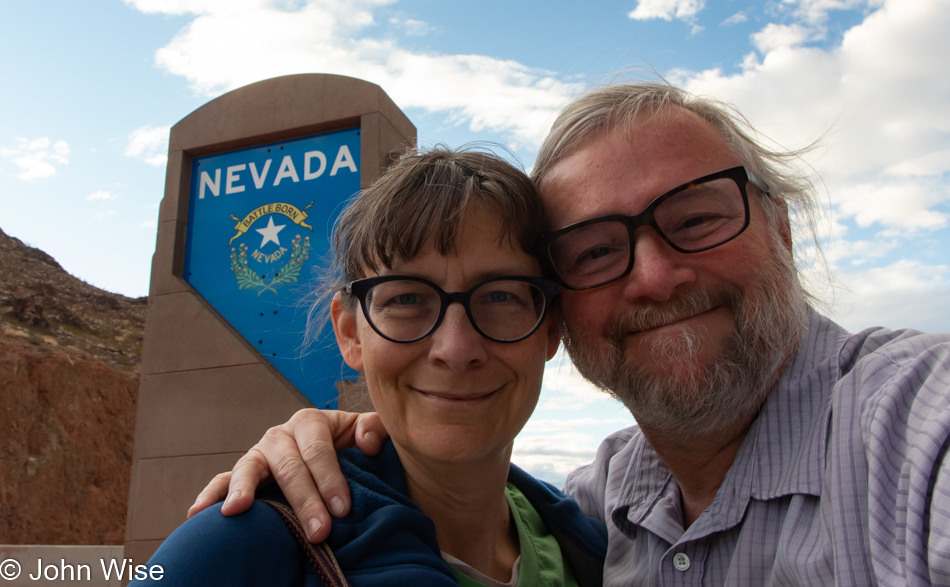
We’ve never taken a selfie in front of this state sign because the last time we were through here, this sign didn’t exist. The sign wasn’t there because the road wasn’t there. The road wasn’t there because the bridge was still being built. What bridge?
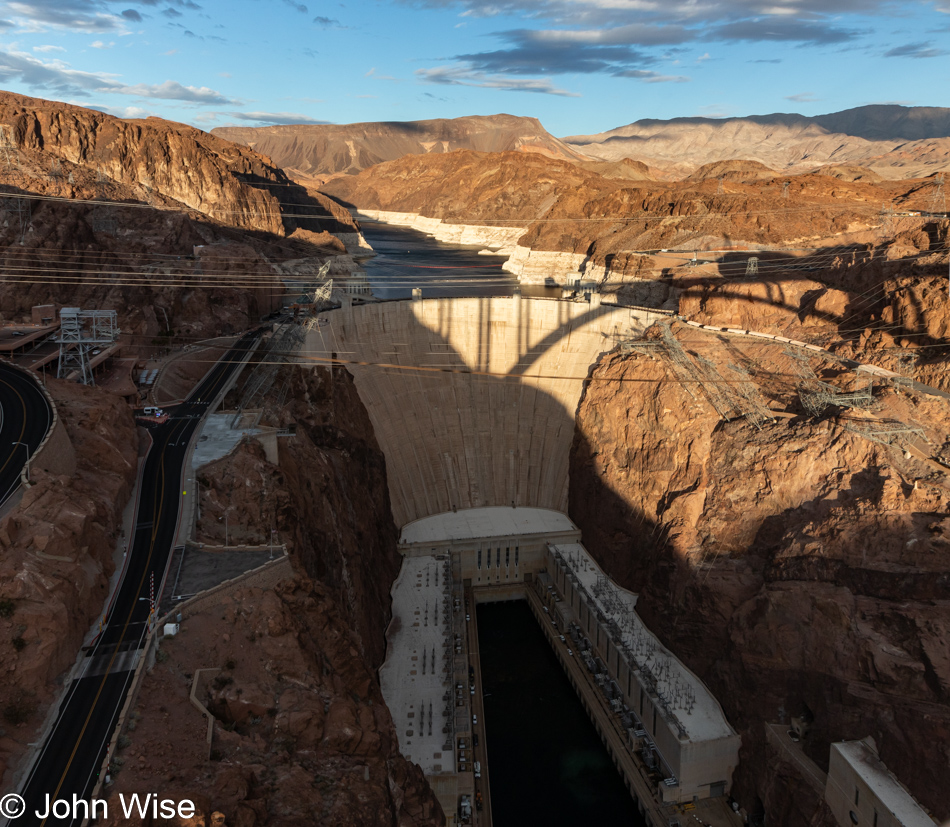
See that giant shadow of an arch on the right side of the Hoover Dam and the rocks? That’s what we are standing on to take this photo. It’s the Mike O’Callaghan–Pat Tillman Memorial Bridge that was built as a bypass because the Highway used to go over the dam, which slowed traffic down considerably. I wish something would slow down traffic in Vegas, as that’s what we had to pass through after leaving the Hoover Dam and Boulder City area. Vegas traffic somehow feels worse than L.A.’s, which might have something to do with the fact that if Los Angeles has its fill of disappointed aspiring actors and musicians fleeing dashed aspirations, Vegas is chock full of people who’ve lost not only a lot of money, maybe all of it but likely their dignity too. With nothing to live for, they drive with a hellish death wish as they cascade forward in a frothy mess out of the chaos of failure and loss with little hope of recovery.
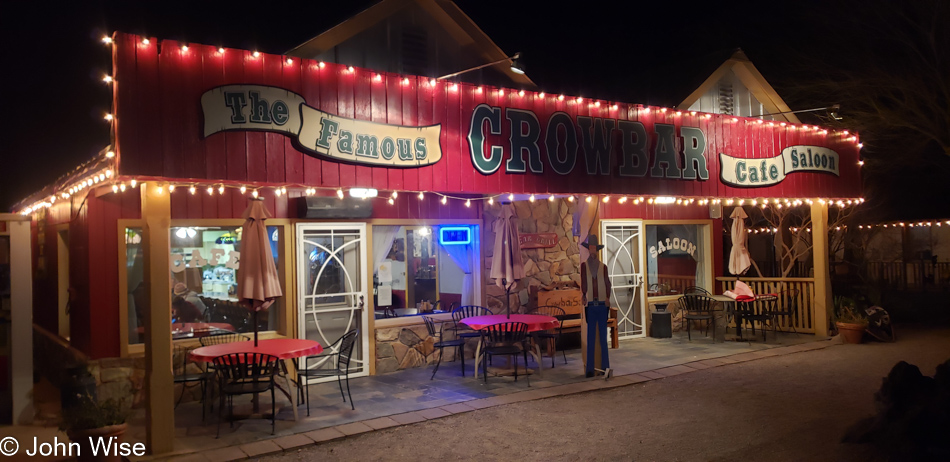
Dinner was here at the Crowbar Cafe & Saloon, which will likely be where we eat dinner tomorrow night, too, and quite possibly Sunday breakfast. How our server convinced us to share that hot apple pie with ice cream when we were full can only be attributed to the idea that this is a holiday and other rules are at play when we’re out living it up. Plus, I don’t think we actually absorbed any of those extra calories because…
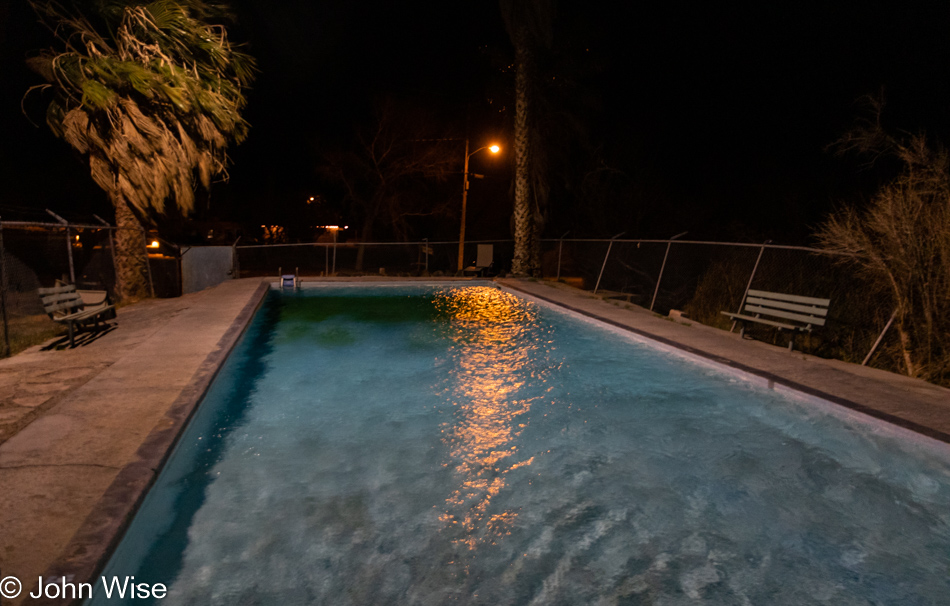
…after walking back across the street in a howling wind and changing into shorts and not much else, we drove down the block to where this hot-spring-fed pool was available for our use. Being dry before getting into the very warm water, not hot mind you, we kept our heads above water and started wondering how we’d get out of this as the blustery cold wind was icy after spending time here submerged in the not-hot-but-pleasantly-warm spring. Just out of sight on the right is the pipe that delivers the water, and right next to it, it’s mighty warm, seriously cozily warm, but moving back to the center of the pool, it takes a moment to acclimatize and feel the warmth again. Caroline foolishly got her face wet and then complained about how the searing wind burned as it buffeted her sensitive, wet cheeks. Obviously, I simply needed to berate her how she shouldn’t do that and I’m now sure she’ll heed my admonishment the next time.
Getting out was a pretty ridiculous matter that risked us falling into hysterics because we couldn’t get over how cold the wind was on all this exposed dripping skin we were offering the gods of Did You Forget It’s January? Yes, I know I should have taken a selfie of us “in the water” because who’s going to believe we really braved this, but I swear that if we have a morning or evening where the winds are not trying to kill us, I’ll get a photo as proof that on a chilly winter moment, we know how to have fun. But how does this relate to that pie indulgence I spoke of? If you had been witness to this great dumb idea, you’d know that the amount of shivering involuntarily and violently performed by the vast amount of skin the cold wind was able to make us aware of owning, we easily burned off a quick 500 or 600 calories before jumping back in the car and turning the seat heaters on high.
